THE OFFICIAL MAGAZINE OF THE PRODUCERS GUILD OF AMERICA // AUGUST | SEPTEMBER 2025
CASE STUDY: HOW GREEN POWER LIGHTS UP A SET P. 20

THE OFFICIAL MAGAZINE OF THE PRODUCERS GUILD OF AMERICA // AUGUST | SEPTEMBER 2025
CASE STUDY: HOW GREEN POWER LIGHTS UP A SET P. 20
NEW PRODUCER PORTAL STREAMLINES PAPERWORK P. 53
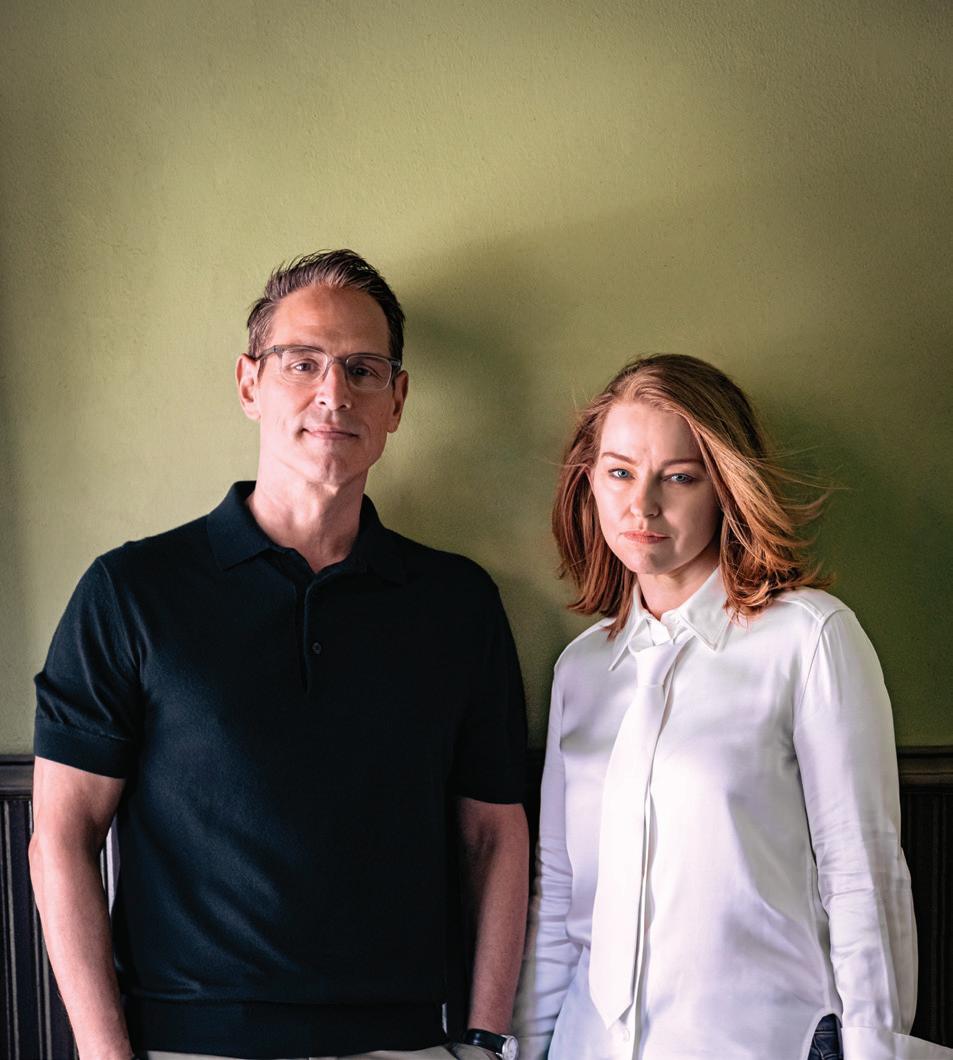
“We imagine ourselves in the audience. Do we want to see that show or film? That’s a reason to fight for it. We fight for stuff a lot.”
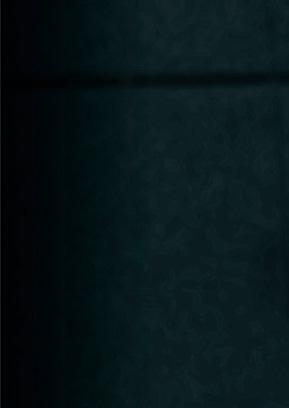

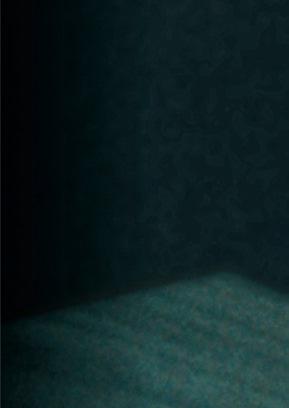









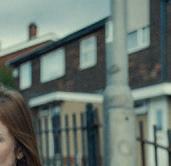












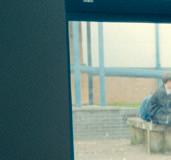
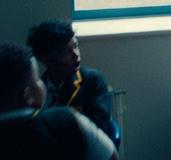
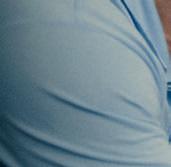


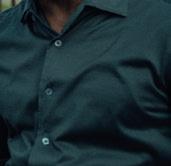








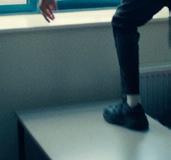
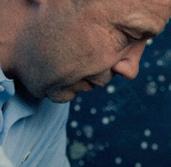
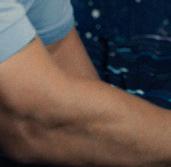

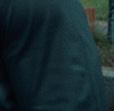







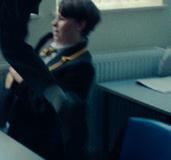
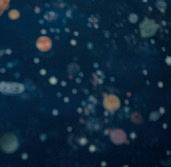
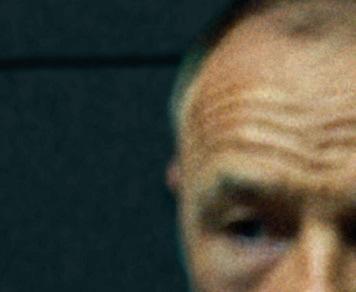






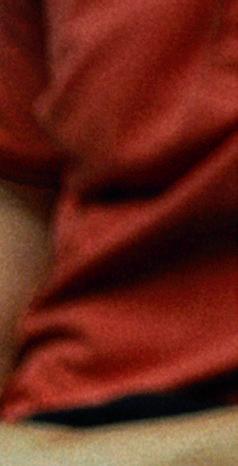





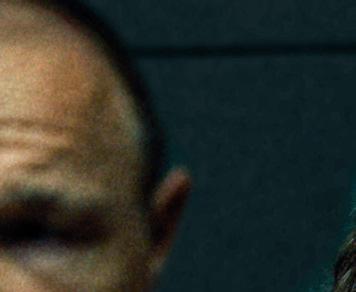


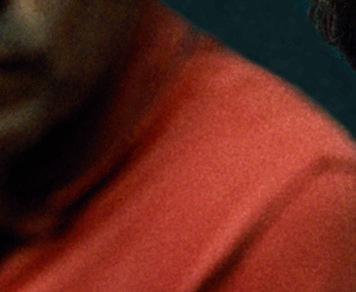






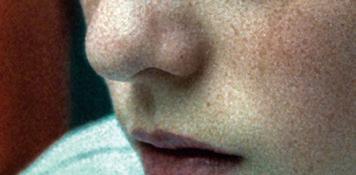
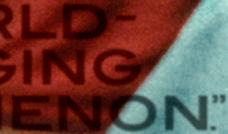
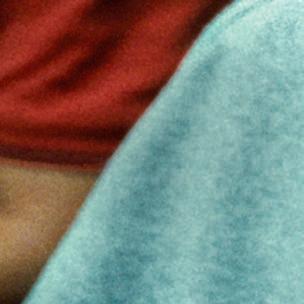














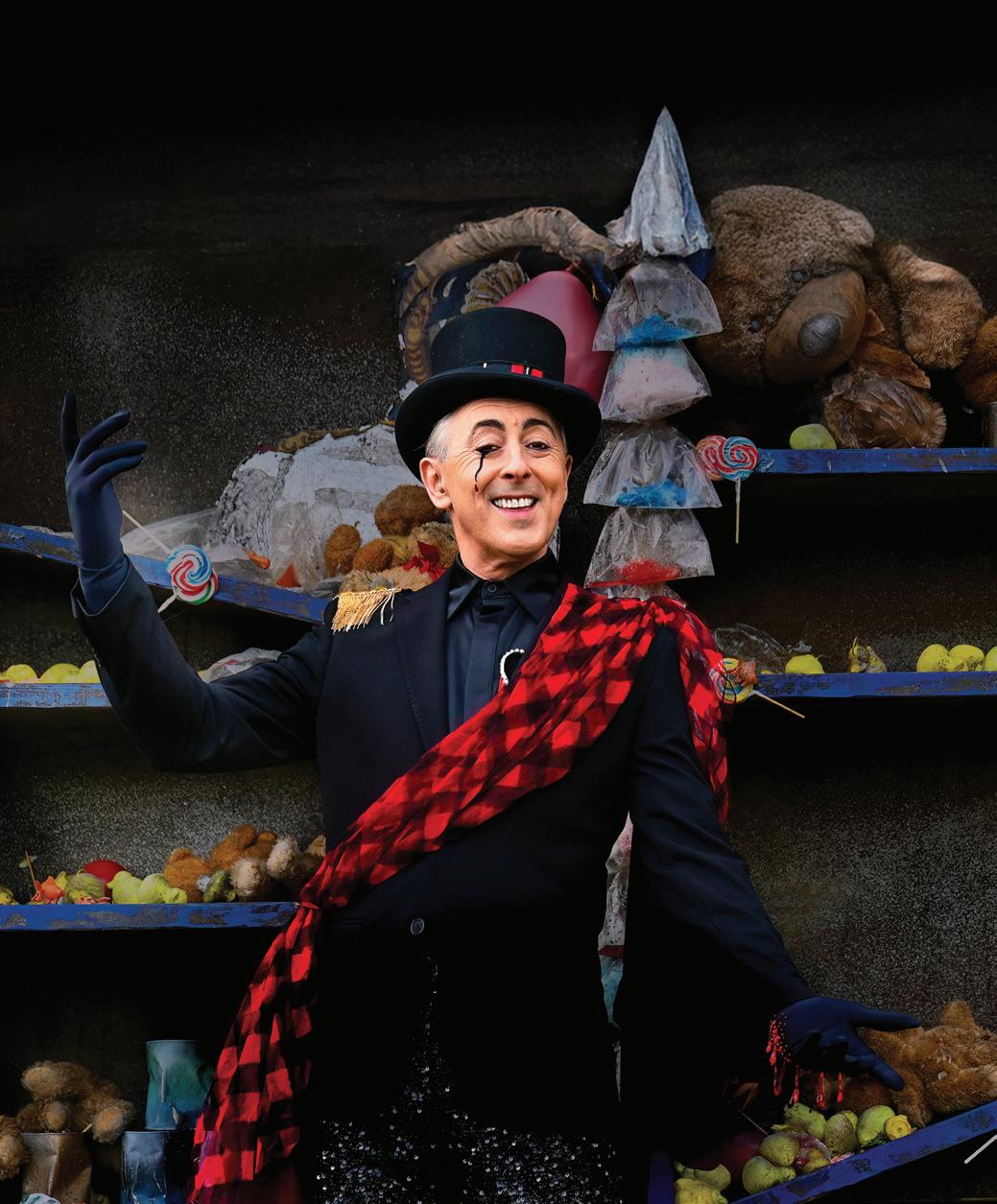
OUTSTANDING REALITY COMPETITION PROGRAM


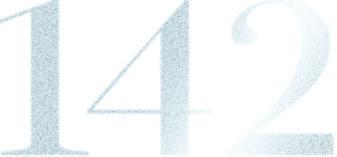




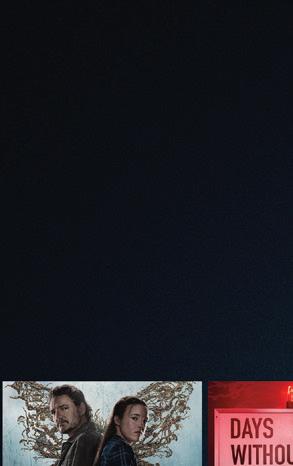








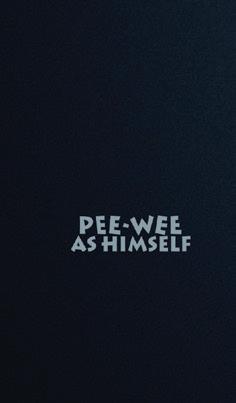








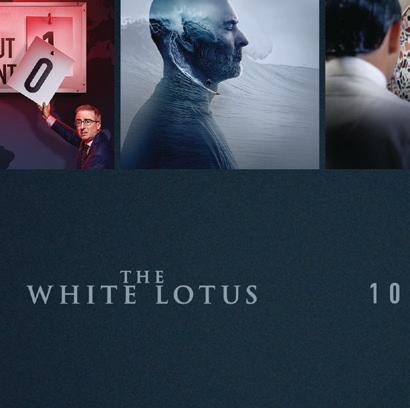





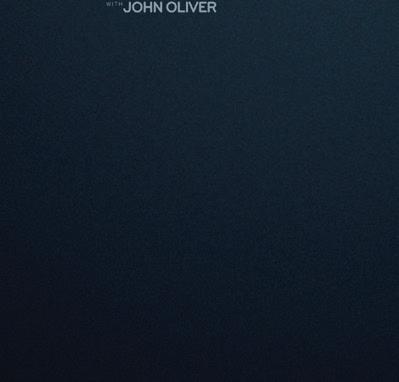

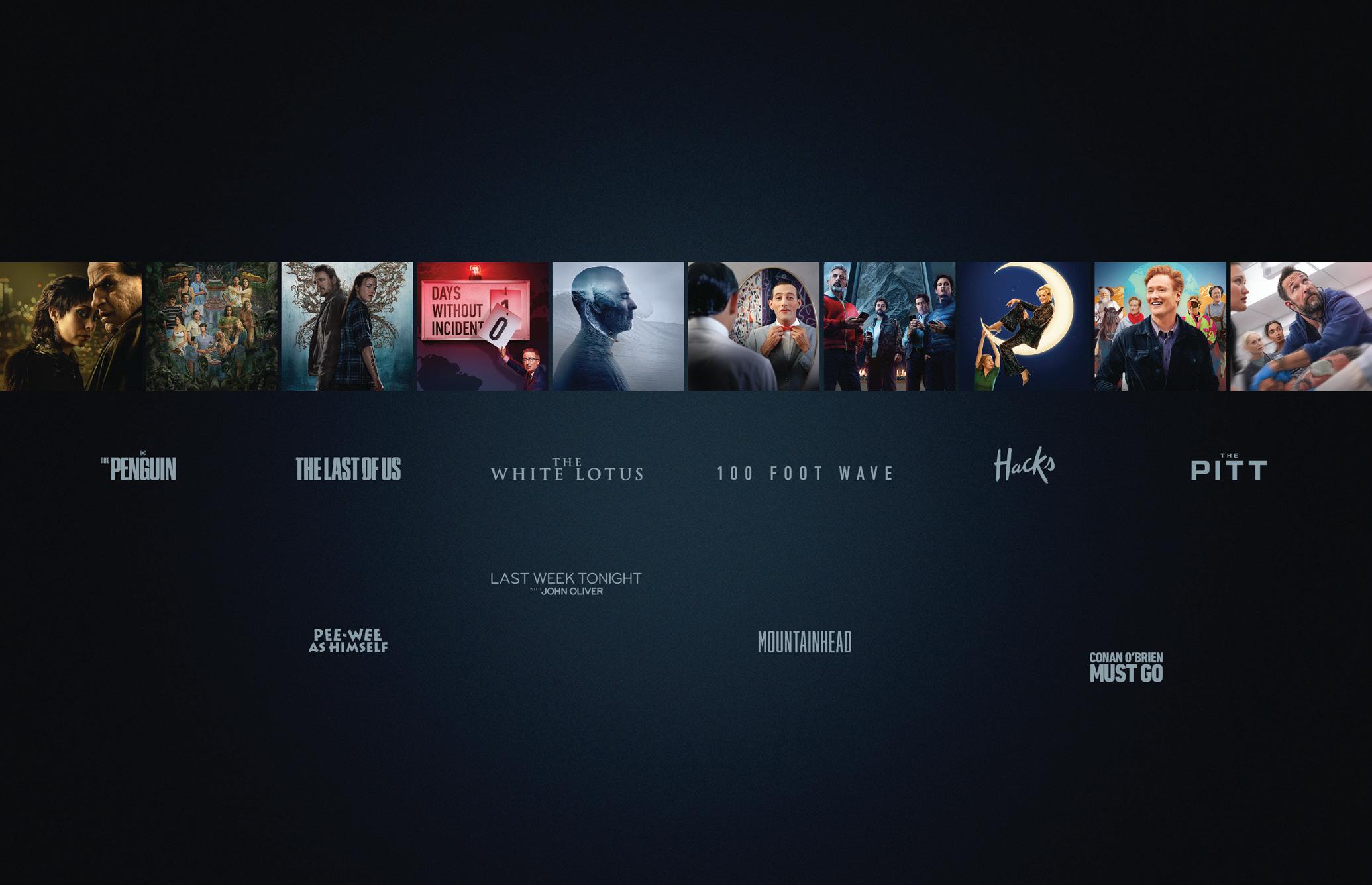








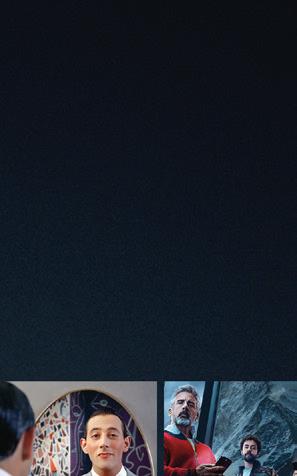



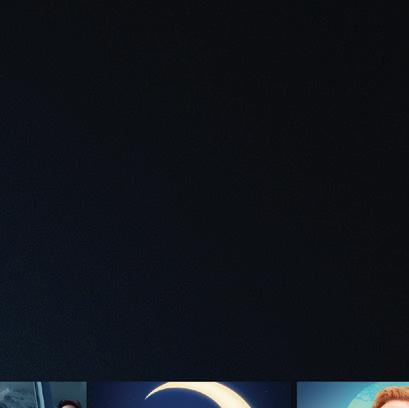







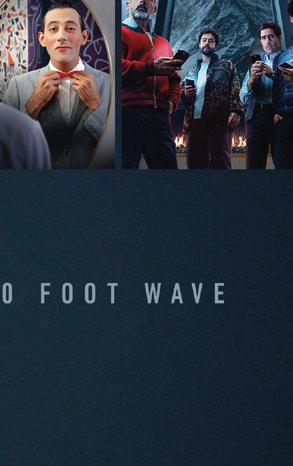








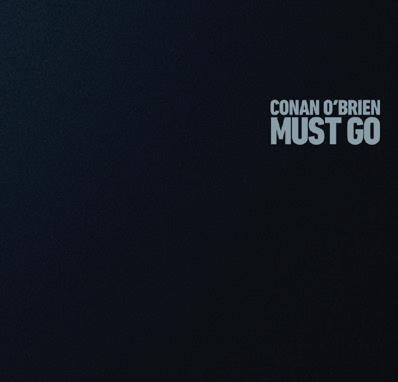




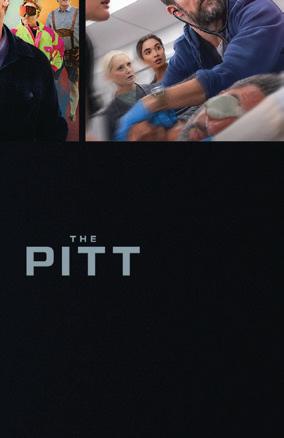









GREG BERLANTI + SARAH SCHECHTER
For more than a decade, these partners have been fighting good fights and putting the audience first, to astonishing success.


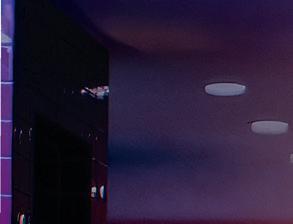

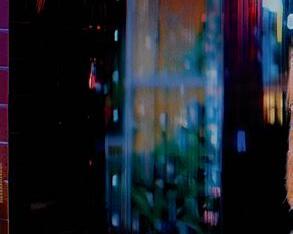
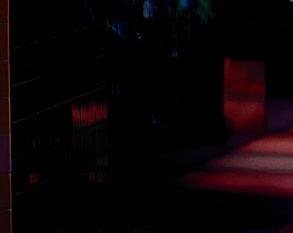
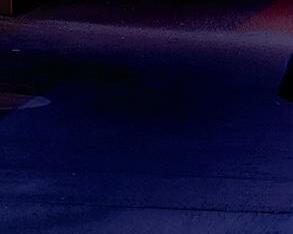
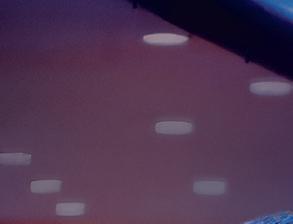
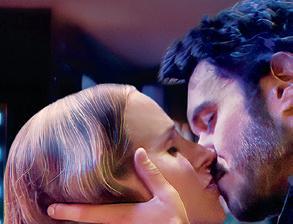








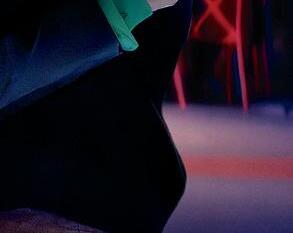
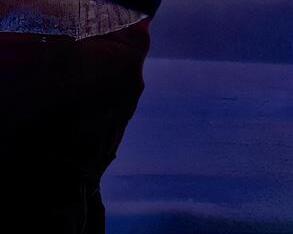



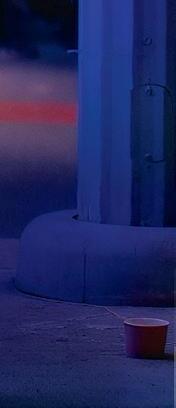
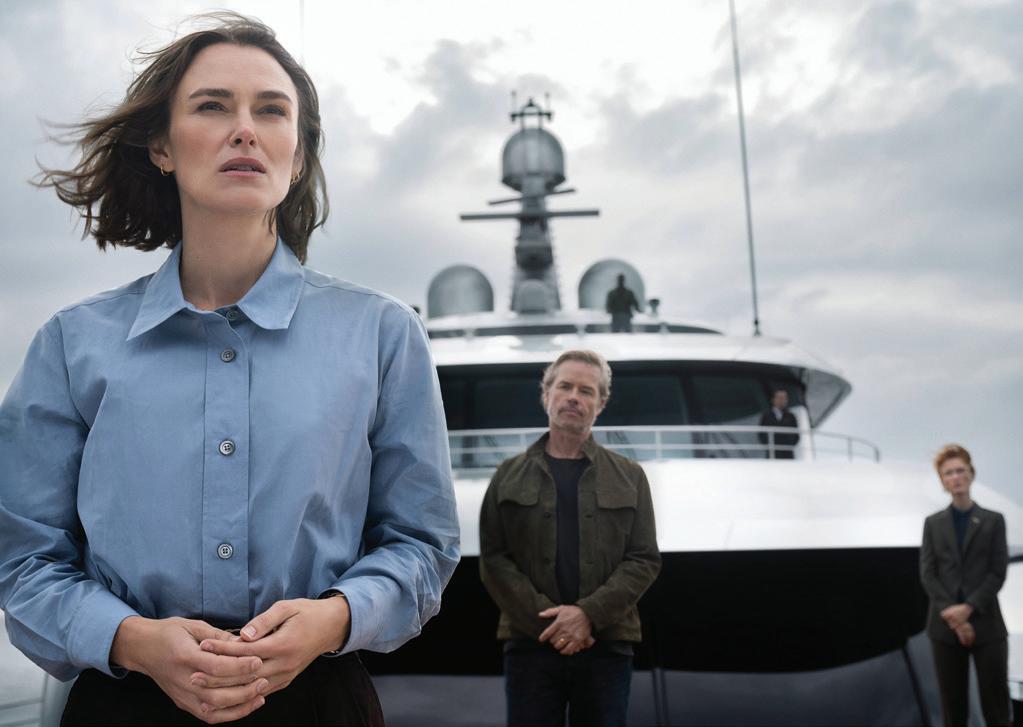
The clean power tools and tactics that lit up Highest 2 Lowest
Post
The producers of two upcoming features get detailed about the work they did to earn the Producers Mark.
Meet the PGA’s newest members and discover what makes them tick. 58
Diana Ossana’s cherished photo from Brokeback Mountain keeps the love alive.
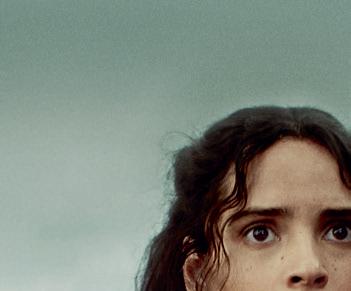


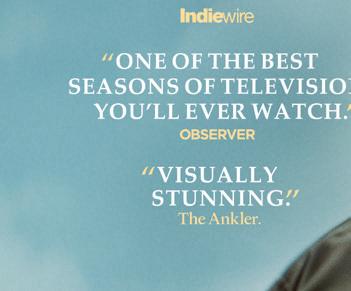
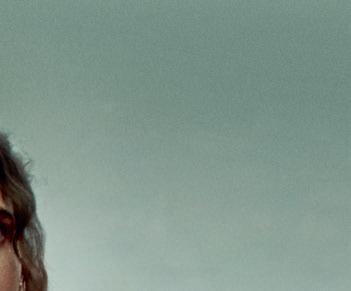
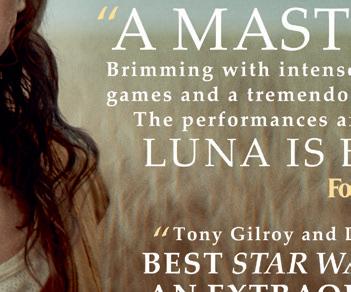



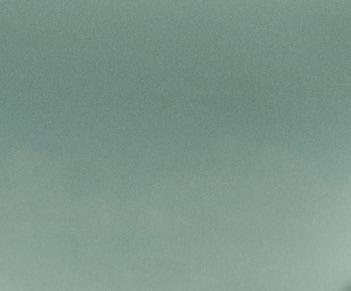

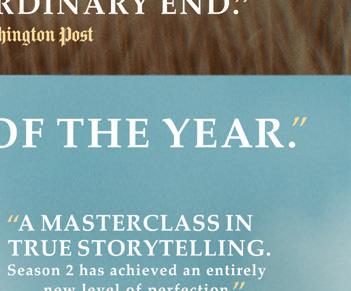



BOARD OF DIRECTORS OFFICERS
PRESIDENTS
Stephanie Allain Donald De Line
VICE PRESIDENT, PRODUCING
Charles Roven
VICE PRESIDENT, PRODUCING TEAM
Steve Cainas
VICE PRESIDENT, EASTERN REGION
Tonya Lewis Lee
TREASURER
Yolanda T. Cochran
SECRETARIES
Mike Jackson Kristie Macosko Krieger
DIRECTORS
Bianca Ahmadi
Autumn Bailey-Ford
Fred Berger
Melanie Cunningham
Linda Evans
Mike Farah
Jennifer Fox
Beth Fraikorn
DeVon Franklin
Donna Gigliotti
Jinko Gotoh
Bob Greenblatt
Lynn Kestin Sessler
Samie Kim Falvey
ASSOCIATE NATIONAL EXECUTIVE DIRECTOR
Michelle Byrd
CEO
Susan Sprung
EDITOR
Lisa Y. Garibay
PRODUCERSGUILD.ORG
Vol. XXI No. 4
Produced By is published by the Producers Guild of America. 11150 Olympic Blvd., Suite 980 Los Angeles, CA 90064
310-358-9020 Tel. 310-358-9520 Fax
1501 Broadway, Suite 1710
New York, NY 10036
646-766-0770 Tel.

Rachel Klein
Jean Lane
Lori McCreary
Tommy Oliver
Joanna Popper
Angela Victor
Harvey Wilson
PARTNER & BRAND PUBLISHER COPY EDITOR
Emily S. Baker
CREATIVE DIRECTOR
Ajay Peckham
ADVERTISING
Ken Rose
818-312-6880 | KenRose@mac.com
Bob Howells
PHOTOGRAPHER
Phillip Graybill
MANAGING PARTNERS
Charles C. Koones
Todd Klawin



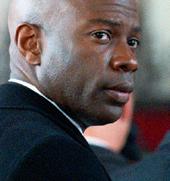




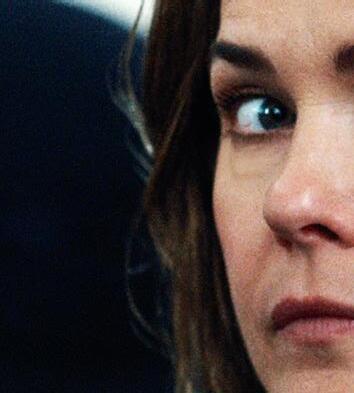

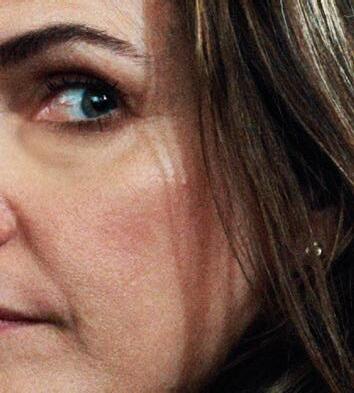



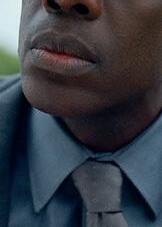













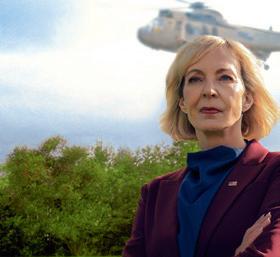
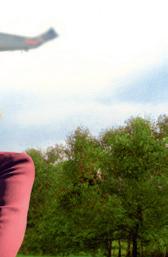
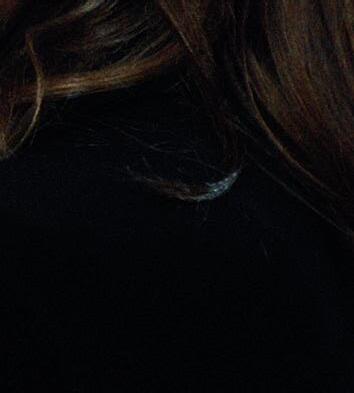













There are many reasons our 15th Produced By Conference was such a success, but perhaps the most profound was the way our producing community came together in a spirit of hope and resilience. This spirit is a hallmark of our profession, to be sure, required on a daily basis during the challenges we face from development through production and distribution.
To experience that energy collectively alongside more than 500 hardworking, committed peers was the perfect fuel to keep our fires burning and help us face a future rife with as much uncertainty as it is with possibility.
Our generous panelists shared a wealth of expertise and timely advice on financing, AI, and the current state of the industry, but the learning wasn’t confined to those sessions. Throughout the day’s coffee breaks, lunch, and the closing networking party, we witnessed producers enthusiastically offering support, brainstorming solutions and making valuable connections to resupply their reserves for the year to come.
If you weren’t able to join us on the Universal Studios lot that day, this issue includes a recap of the conference, and recordings of every panel discussion are available on the Producers Guild YouTube channel and in the members-only section of the PGA website. This includes our panel “The Road Ahead” with PGA CEO Susan Sprung, Associate National Executive Director Michelle Byrd and fellow board member Mike Farah, during which we spotlighted key initiatives the Guild is championing to protect and empower producers while improving industry standards across the board.
Face-to-face events like the Produced By Conference along with more than 100 in-person programming events presented by the Guild throughout the year are among the many ways to stay informed and connected with fellow PGA members. We encourage you to also take advantage of virtual networking benefits such as the Guild’s Slack channels and other opportunities listed in the Member Community area of the PGA website (accessible when logged in to your account).
Dive into the trove of recordings archived on the members-only Vimeo channel to seed or bolster your knowledge
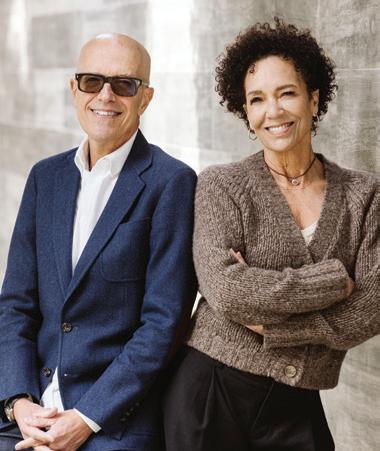
on topics spanning physical production to distribution to health benefits to career longevity and much more.
The breadth and value of these resources are among the many reasons we are honored to volunteer our time to the Guild. We believe that this community is the way forward. We encourage every member to work with us on Guild initiatives including health care, greening the industry, making our sets safer, and the many other efforts to ensure our community continues to move forward with the strength not only to surmount challenges, but to succeed.
Donald De Line President Stephanie Allain President


including the most-nominated drama and comedy of the year
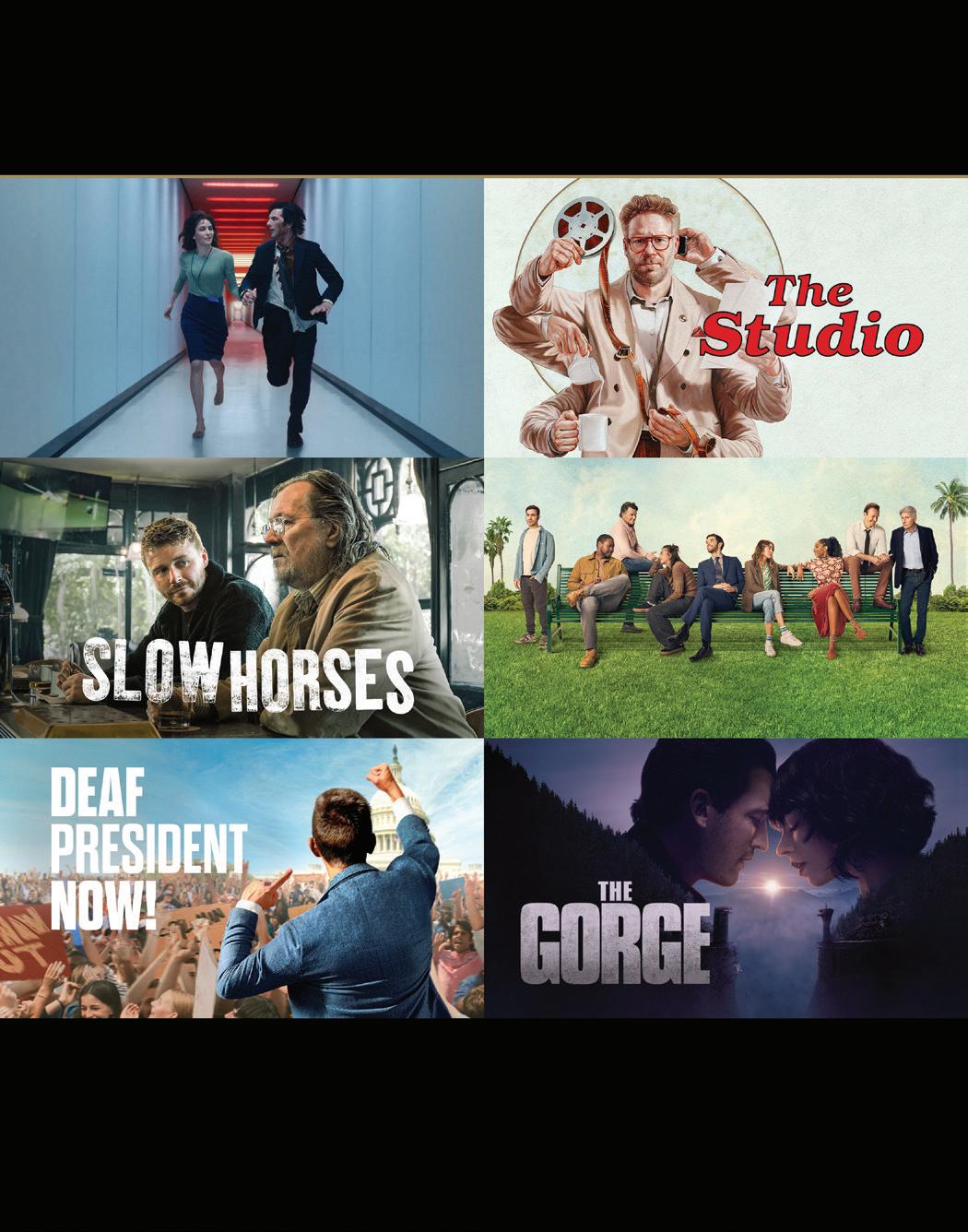

Overseeing TV postproduction requires decisiveness, creativity and a passion for problem-solving. For Stacie Bakalar, it’s all in a day’s work.
Intro by Keri Lee
There are many reasons why relatively few humans take up figure skating in their late 30s or beyond. For starters, falling is inevitable, and ice is hard.
Still, post producer Stacie Bakalar found herself increasingly drawn to it, sneaking off into empty corners of a community ice rink during Saturday free skates with her family. She would attempt small spins—and imagine even bigger ones.
When her husband gifted her figure skating lessons for her 40th birthday, Bakalar went all in and quickly excelled. She’s now mastered waltz jumps and is working on her salchows. She’s also gained a powerful, unexpected benefit: Figure skating has given her greater patience—a vital quality for someone managing the unpredictable, time- and budgetconstrained world of postproduction.
“As a post producer, I don’t typically have patience because I want answers. I want things to work right away,” says Bakalar, adding that skating has taught her the importance of giving things the time they need to develop. “Even with cuts or with figuring out music for a scene—sometimes we have to try this version first to get to that next better version.”
While working on productions ranging from limited series like Starz’s Three Women to sitcoms like Comedy Central’s Awkwafina Is Nora from Queens, Bakalar has established
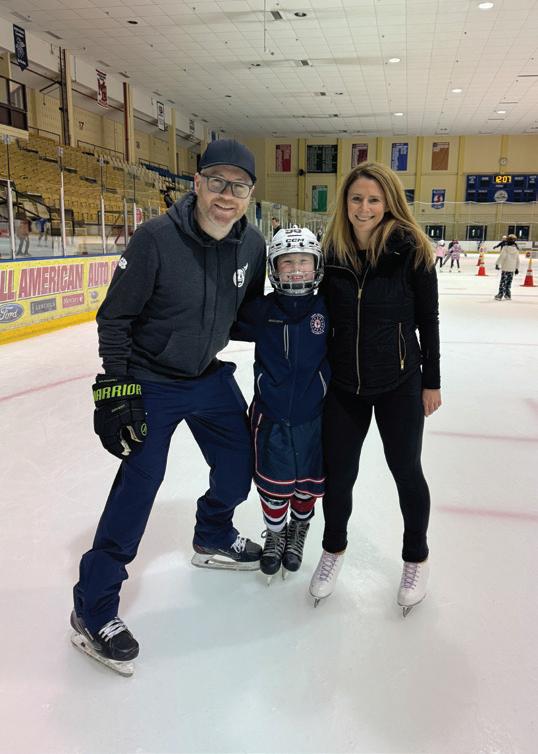
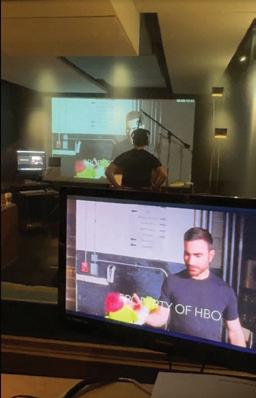
herself as a skilled manager and a compassionate leader in the often-vexing puzzle that is post.
Here she describes a “typical day” in a role that rarely has one.
I live in the suburbs of New Jersey with my husband and my 10-year-old son. I wake up around 7:30 and get my son up and ready for school—or now, since it’s summer, for camp—and then out the door and on the bus. I have a 16-year-old dog, Marty, and I take him for a walk. The walks are not as long as they used to be.
Then I’ll exercise. I have the Peloton, so I’ll do the bike or Pilates. Or during the week, there’s open ice time and barely anyone on it. So sometimes I’ll go there, put my earbuds in, and just skate. It’s such an amazing workout. From there, I start work. Depending on the life cycle of the show, I could be reading a script or taking part in a production meeting. I might be hiring the edit staff, composers and visual effects artists. If it’s a series, I might
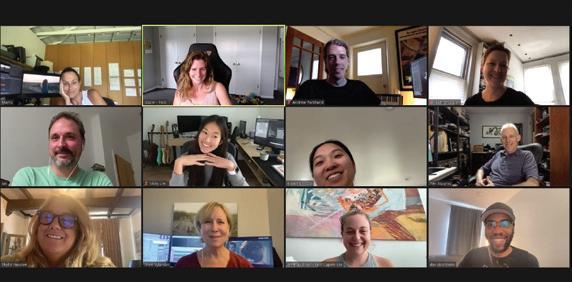
be at the start of production for one episode and in cuts on another.
Post scheduling is a huge puzzle, and it always changes. Sometimes you think you’re on track to lock, and then this episode can’t lock, and another episode that was behind it all of a sudden locks first. Or maybe you lose an editor, or someone’s not working out. So it’s always about revising the schedule. It’s this constant living document.
Once we’ve gotten our dailies out or wrapped shooting, we’re in the throes of internal cuts, addressing notes and sending cuts to the studio. I’m managing everything to make sure the editors get all their footage. My editing team could be as small as one person, or for a scripted drama series, I might be managing teams of editors in LA and New York.
My favorite part is when we lock picture, and we get into the color and mix. Some days I’ll go into the city and go to the mix facility where they’re doing the audio mixing, and you have a bunch
of sound editors and dialogue editors. I love to sit in a dark room with the mixer on a stage, just listening. You hear how it comes to life—how small changes can make a joke land so much better.
Or I might be doing the color, sitting with the director of photography and the colorist, and we’re fixing the color of an actor’s eyes or bringing out the reds in a scene. Other times, I’ll go into the city to record ADR and the actor comes in, and if the showrunner or director is not available, I’ll direct.
That’s awesome.
Then I take the train home. It’s direct, and I work that whole hour on my laptop.
From 6 to 7 p.m., my editors are typically prepping and making the outputs. Because things pop up, I keep my phone nearby to answer questions. I’ll get my son to bed around 9, then go back on the computer.
I typically have a cut waiting, so I might screen something or just tie up































































































movies

























“one of the best movies of the year.”



































































































































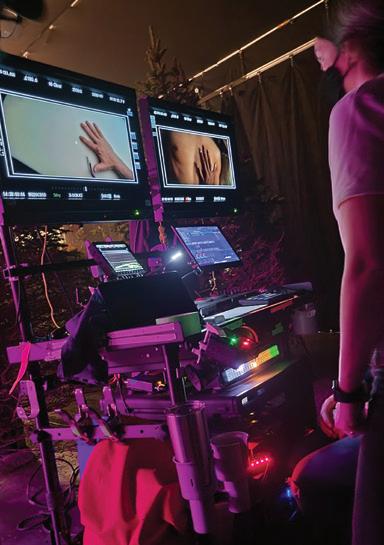

loose ends with emails, telling people if we’re on track, we’re not on track, we’re over budget, under budget. I’ll sum up the day’s work so everyone knows what’s going on.
I’m the communicator. I have to be a beacon of light to the studio, to the execs, to my department, and ask, What are we expecting? What needs to happen? What’s going to happen? When things bump up or whatever, I have to be totally transparent and communicative, because there will be issues. There always are.
Everyone has different work styles. I’m a fixer. I’m not gonna complain when there’s a problem. I’m more like, “OK, this happened. Let’s take care of it. Let’s move forward and resolve it and keep going.” Some people are reactionary. I will just take it in, see what’s happening and then come up with a plan.
Once I turn the email off, my husband and I will watch a few shows together. We’re night owls, so we go to bed around midnight. And then, up again at 7:30.
I love how every day is different. I love getting to be a part of the creative process. I find it really rewarding to help the production land the plane.

Spike Lee’s upcoming Highest 2 Lowest represents a replicable case study in the use of clean power on and around set.
written by matt warren

New tools and technologies have made it possible for production practices to be more environmentally responsible in response to our new climate reality. While sustainable approaches have become more evident in the form of water stations and reusable bottles replacing plastic bottles on set, or compost and recycling bins alongside garbage receptacles, a significant reduction to the carbon footprint of a production is occurring within the electrical department. And in that arena, the green approach is not only the right thing to do for the planet, but it also often represents significant cost savings.
According to the U.S. Department of Energy, LED lighting uses 75% less electricity than traditional lights. Using rechargeable batteries and electric generators can help alleviate the need for pricey diesel fuel, while at the same time providing a quieter sound environment for your boom op.
For a good example of this new clean-energy focus—and the revised workflow it necessitates—look no further than Highest 2 Lowest, Spike Lee’s upcoming reimagining of the 1963 Akira Kurosawa crime-drama masterpiece High and Low Lensed by acclaimed DP Matthew Libatique, the production staked sustainability as one of its core values from the very
beginning. “It took everyone’s buy-in to be a successful initiative,” says Highest 2 Lowest producer Jason Michael Berman. “These efforts weren’t just about reducing our footprint but setting a standard for how stories can be told responsibly even at a large scale.”
The film’s gaffer, John Velez, says that when he works on a production fortunate enough to be supported by a department, consultants, or crew dedicated to sustainability, “I always let them know right away that I’m on their team and want to help support them.”
A large part of this support comes from the grip and electric community’s being proactive and educating themselves. “We work to share ideas, new products, software updates, whatever we’re working on,” says Velez, who relies on connections he’s made through the International Cinema Lighting Society, its Discord channel, and trade shows like NAB and Cinegear.
And of course, there’s the gear. In certain instances, EcoFlow battery packs and power stations alleviated the need for traditional sources of power on Highest 2 Lowest. As an added benefit, these rentals also afforded the production’s New York City location shoot a smaller and more dexterous footprint. “Days, nights, subways, buses—we put them (EcoFlows) all over because they can control LED panels really easily,” says Velez.
Some of the shoot’s more notable setups included a frantic subway ride from Brooklyn to the Bronx complicated by a stadium exodus following a Yankees-Red Sox game, and a
pulse-pounding chase through the Puerto Rican Day parade. Other locations included multiple real-life Bronx apartments, where the silent-running EcoFlows were surely appreciated by the neighbors. (New York City has banned the parking of diesel generators in residential areas.)
During some of these apartment shoots, it was most efficient for Velez’s team to work off an electrical tie-in. “We did have an electrician come in and get us power, so we didn’t have to do a big, long cable run down the street,” says Velez. When shooting on a stage, an LED wall was used, providing greater efficiency and flexibility than trying to light backdrops by conventional methods.
“The idea of using solar or battery-powered generators is certainly in the minds of most gaffers I’ve been working with the past few years,” says Highest 2 Lowest’s UPM Randy Manion, who says he’s noticed more gaffers on productions carrying these types of power banks on their trucks instead of gas-powered “putt-putts.”
Manion appreciated how handy the battery-powered generators were in a variety of circumstances on Highest 2 Lowest. “We certainly made use of them. They’re very efficient and a good piece of the gaffer’s arsenal now,” he says. “They’re fantastic for powering villages or powering things that don’t have quite the draw of major lighting.”
Velez agrees that there seems to be a growing consensus among film crews that productions should embrace new technologies and sustainable practices—a relief for producers nervous about team buy-in or effective implementation. By the same token, Velez and his team’s confidence in the technology helped other departments feel comfortable, which all trickles back up to reassure the producer.

Low-impact LEDs were, in fact, crucial for shaping the light to DP Libatique’s exacting standards. “As soon as it became available, LED became a big part of my workflow,” says the EV-driving Velez, who agrees with Manion that as long as such items prove reliable, a crew’s natural preference is usually going to be to work with newer tech.
“It took awhile to catch up, but now the lighting is pretty much as sophisticated as the cameras. They work really well hand in hand,” says
Velez, noting the ability to precisely control the lights’ color temperature and intensity.
Velez is keen to share his trade not-so-secrets when it comes to power distribution on set. “I use battery packs by Valiant,” he says. “They’re built in Canada, but Bulldog Productions in New York imported and got them into some rental houses. They’ve become a staple on set and are great for run-and-gun type work in New York.
“Normally we would use a van generator and run out cable. Now our footprint’s a little smaller because we use these things,” he adds.
But getting your hands on the gear certainly isn’t where prep ends. Testing is key, and Velez is particularly mindful of the delicate relationship between tech and the weather.
“We’re in the Northeast, and temperature can really affect batteries,” he explains. “You always have to be aware of how much you’re going to depend on them and when you have to bypass them and go to a more conventional system.”
During Highest 2 Lowest, production utilized solar-powered base camp trailers and built in extra time to find parking lots that would receive enough sunlight to make their mobile and eco-conscious HQ viable. But in the characteristically grim and petulant weather of the Northeast, where the film was shot, the smartest choice was not to rely entirely on solar power. “We make every effort to do what we can, but when we need to use diesel power, we do,” says Manion.
This hybrid approach, the push-pull between traditional methods and emerging ones, can be a tricky one to navigate, balancing the conservatism of stakeholders steeped in the old ways with the gung-ho approach of younger crew members. For Velez, an open dialogue is key.
“I try to educate the younger members,” says Velez. “They can get caught up in what’s fast and easy, and then I’ll be the guy that says, ‘Well, maybe we should get a licensed electrician in here and try to get some power dropped. This way, we can be more dependable when shooting, even if a storm comes in.’”
Clarity and communication are key, whether for hammering out logistical details or setting the tone for the entire production. For Manion, this starts with the producing team. He encourages producers, line producers, and production managers to attend meetings on sustainability whenever possible.
“The presence of those individuals makes a difference,” says Manion. “Some department heads are very receptive to these programs and ideas, some not so much. But getting the message from somebody other than a sustainability-labeled crew member helps.”
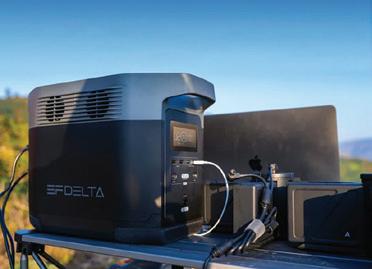

Top: EcoFlow Delta battery-powered generator.
Above: A Valient all-weather gel battery.
So while some adjustments may be necessary at the beginning, it’s the producer’s imperative to set the tone for production and help crew carry out the sustainability mission. “If the message is out there that this is what the studio or the producer wants, we want to make sure that we’re paying attention to it and doing what we can.”
Ultimately, Velez believes it’s essential to establish these workflows as the new standard. “I’ve been around 30-something years, and I always try to think of ways to have a more sustainable footprint and not go back to the traditional ways of working.”



“UNDOUBTEDLY THE BEST SEASON YET.”

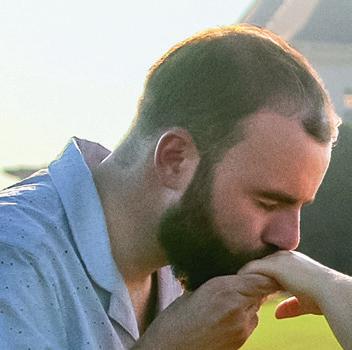


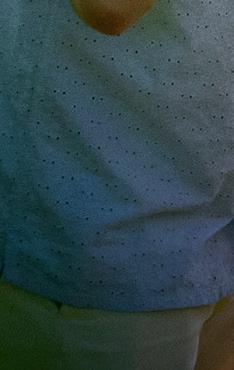



















Two producers pull back the curtain on the work they did to earn the Producers Mark.
Innovation and dedication are requisites for any producer applying for the Producers Mark. But to earn the Producers Mark, those producers must also demonstrate that they performed, in a decision-making capacity, a major portion of the producing functions on a motion picture.
Because each project offers its own unique set of circumstances, the challenges and triumphs vary wildly across budget, talent, location, distribution and more. But the denominator common to each producer who receives the Mark is the quality of contributions they made to each phase of production—
development, preproduction, production and postproduction. Here, the producers of two forthcoming features share details about their Mark-certifying work.
The Bad Guys 2 Damon Ross, p.g.a.
In this DreamWorks Animation comedy sequel based on the bestselling book series about a crackerjack crew of animal outlaws, the nowreformed Bad Guys are trying hard to be good. Instead, they find themselves hijacked into a high-stakes, globetrotting heist, masterminded by a
new team of criminals they never saw coming: The Bad Girls.
HAVING RECEIVED THE PRODUCERS MARK ON THE INITIAL INSTALLMENT OF THE BAD GUYS FRANCHISE, HOW SOON AFTER THAT RELEASE DID YOU BEGIN DEVELOPING THE SEQUEL? WERE YOU ABLE TO STREAMLINE DEVELOPMENT BASED ON EFFORTS FROM THE FIRST MOVIE IN THE FRANCHISE? We actually got started on developing The Bad Guys 2 about five months before the release of the first film,
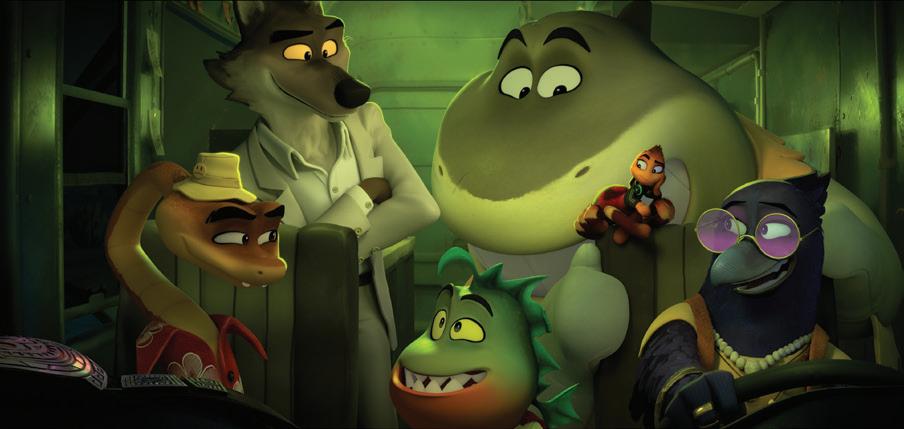
The Bad Guys trying to stay on the good path.

which is highly unusual. But I wanted to bet on success and be ready if things worked out at the box office. Thankfully, the studio leadership— Margie Cohn and Kristin Lowe— supported this strategy. In fact, they were thinking the same thing—let’s get ahead of it! We all felt confident in the movie, but of course you never know with an original, and we especially didn’t know what to expect since we were just coming out of the pandemic. The audience appetite for a theatrical experience was still very much in question.
But again, in success, we wanted to be prepared, so I pulled together a group of roughly a dozen members of the first film’s brain trust, including our writers, a few animators and story artists. We started riffing on what we’d like to see in the sequel, with an eye toward key ingredients from Aaron Blabey’s book series. By the time the first movie was released, and thankfully surpassed expectations, we
had already launched our writers on the first draft of The Bad Guys 2 The development process after that was relatively streamlined—our writers did a revision on the first draft. Then soon after, we started storyboarding. By this time, Pierre Perifel, the director, and Luc Desmarchalier, our production designer, had collaborated on designing over 90 colorized beat boards. They really brought the screenplay to life and helped us and the studio visualize the big new elements and set pieces, while also helping our writers problemsolve certain visual mechanics.
CAN YOU DESCRIBE SOME OF THE QUALITATIVE CONTRIBUTIONS YOU MADE THAT HELPED SHAPE THE FILM AROUND THE SUBJECT OF ANTIRECIDIVISM AND CULTURALLY SPECIFIC CUSTOMS?
So glad you asked this question! From the outset, we knew we wanted to start with our newly minted (good)
Bad Guys struggling to reinsert into society after having served time in prison at the end of the first movie. We needed Mr. Wolf and his crew to discover that the “good life” wasn’t all it’s cracked up to be—and that you can’t just expect the world to flip a switch and suddenly embrace a group of ex-cons.
Our writers had written a first draft, and it was clear that the introduction of our guys in their new life needed more richness, nuance, and, frankly, honesty. So I asked our head of inclusion, Morenike Dosu, to put us in contact with Sam Lewis, who was the executive director of the AntiRecidivism Coalition. Sam uniquely understands the various obstacles, challenges and difficulties that the prison and reentry populations face. We met with Sam on several occasions throughout the scriptwriting process. Our sessions were genuinely inspiring, as he illuminated for us and our writers the experience
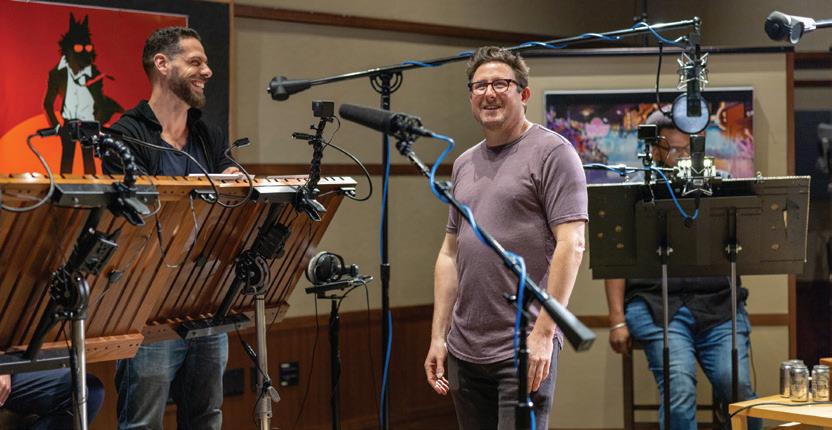
of formerly incarcerated men and women transitioning back into society, and even helped us find authentic opportunities for humor.
We also reached out to Ruben Zamora and Kevin Kleinrock from Masked Republic, a media organization that promotes the emerging growth market of lucha libre (Mexican wrestling) in the U.S. and beyond. Our big Act 1 inciting incident takes place at a lucha libre event on the outskirts of Los Angeles. While we did plenty of research, none of our core filmmaking team are from Mexico or had first-hand experience with lucha libre—although I did coproduce the Jack Black/Jared Hess comedy, Nacho Libre, back in 2006.
In short, I knew we needed a consultant to make sure we were honoring the culture surrounding the sport. We shared the Act 1 sequences as well as the supporting lucha libre
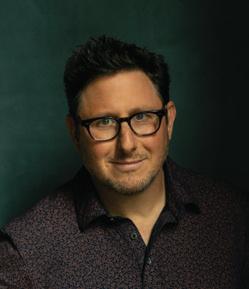
art and assets with Ruben and Kevin, and they were truly ecstatic.
Lastly, our opening set piece takes place in Cairo, Egypt. Our production designer, Luc, and art director, Floriane Marchix, did extensive research on Cairo with the aim of creating
a set that bears more than a vague resemblance to the actual city. Once we had the opening set piece boarded and cut in editorial, and before we got too far down the road in asset production, we reached out to Maha Awad, a consultant who lived for many years in Cairo. Again, we shared the materials and asked for any suggestions or guidance that would help us make the set piece as authentic as possible.
GIVEN THAT THERE ARE 20 INSTALLMENTS IN THE BOOK SERIES, CAN WE EXPECT THAT YOU’VE STARTED DEVELOPMENT ON A THIRD BAD GUYS?
I can’t confirm or deny, but let’s just say, based on my answer to your first question, we all believe in betting on success.

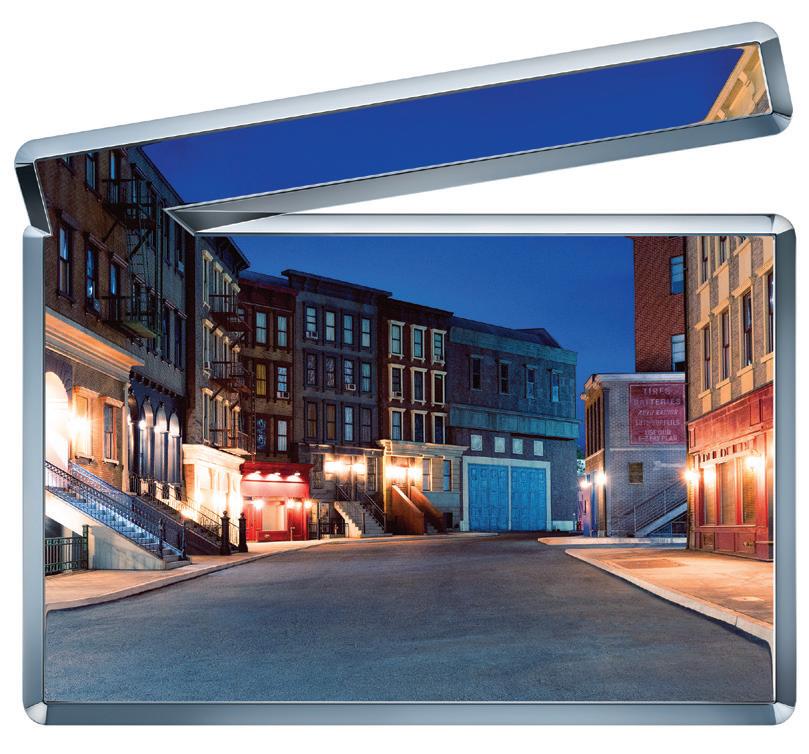
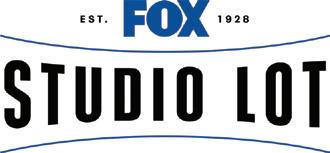
•
•
The Woman in Cabin 10
Debra Hayward, p.g.a.
The Woman in Cabin 10 twists the concept of a relaxing cruise into an edgy thriller when a travel journalist witnesses a passenger being thrown overboard during the night and risks her own life to dive into the truth behind the murder. Based on the bestselling novel by Ruth Ware and starring Keira Knightley, Guy Pearce, Gugu Mbatha-Raw and Hannah Waddingham, the Netflix film is directed by Simon Stone, who also cowrote the script with Joe Shrapnel and Anna Waterhouse.
CAN YOU SPEAK TO THE UNIQUE HEALTH AND SAFETY CONCERNS AROUND SHOOTING AT SEA?
The challenges of working for so long at sea were unique. The yacht is designed for 12 or so guests, and we had an 80-plus cast and crew. Few of the cast and crew had any significant experience filming at sea, and there were
so many things to consider in terms of their safety and welfare—not least of which was seasickness, but also how to cater for that many people while at sea, adequate toilet facilities, how to best use the limited space safely and effectively, and so on.
There had to be constant monitoring of cast and crew activity when the yacht was at sea, at anchor or docked. As well as a full supply of life jackets, we had at least two safety boats with highly trained swimmers and divers in close proximity at all times, as well as a larger safety ship on constant alert. It was never more than 15 minutes away in case of a more serious actuality. We had constant 24/7 monitoring of the weather and wind conditions, and planned our shooting days according to that.
There was a unique chain of command with regard to health and safety. The captain had overriding authority over all activities and personnel on the yacht. The director, the producers, the first AD, and the marine and stunt
coordinators all had to abide by his authority. All cast and crew undertook safety protocol talks given by the marine team, port police and the yacht captain. The number of cast and crew members on board at any one time was constantly checked, so it could not be exceeded. Emergency plans and muster stations were circulated daily.
HOW DID YOU NAVIGATE CHARTERING A YACHT WITHIN THE FILM’S BUDGET WHILE ENSURING YOU HAD ENOUGH SPACE TO ACCOMMODATE THE NECESSARY CAST AND CREW? For authenticity, the director wanted to film as much as possible for real on an actual yacht out at sea. After much research into the superyacht world, we determined early on that filming as much as possible on the yacht would mean fewer high-end sets had to be built and VFX costs could be controlled. In short, although filming on the yacht was challenging at times, it was less expensive than shooting in a more
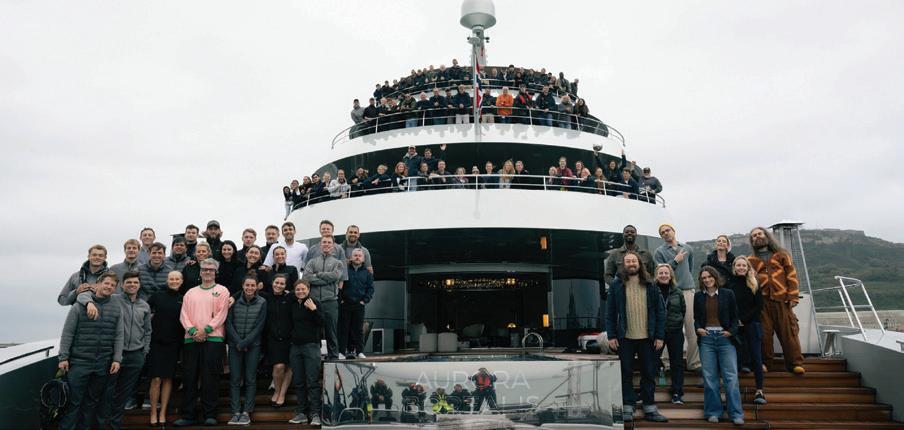

conventional studio build setup.
Each department had to tailor their needs to the reality of the yacht’s minimal space and the precious nature of the yacht exterior and interior finishes. With the exception of some yacht crew living quarters, the whole yacht was at some point a live set and therefore there was limited space for people and equipment. Departments had to reduce their numbers appropriately and could only take the equipment on board that would fit into the storage space allocated to them.
So what might be considered standard equipment was reduced—no camera dollies, no sound station, minimal use of lighting and cables. All walls, floors, railings, permanent furniture and fittings, while not on camera, were covered in protective materials. There was a dedicated team whose sole job was to remove or reinstate these materials, depending on where filming was happening in at any given time.
No equipment was allowed to be placed on an uncovered floor or carpet
without protection. Cast and crew had to leave their backpacks, bags and shoes in a specially allocated locker room on the dockside and could only bring on essential personal items.
A number of cabins were allocated to cast, but there were no trailers, and minimal dressing room and greenroom space. The yacht was mostly at sea all day, so there was no getting on and off the yacht unless prearranged or urgent. Our very agreeable cast would come to set already in costume, hair, and makeup, ready for the day. They also had to follow all the same protocols as the rest of the crew. One aspect that we all appreciated—because the number of people who could be on board was limited—was using real yacht crew as supporting artists. They appear in many scenes.
WERE THERE SOME UNIQUE PHYSICAL PRODUCTION CHALLENGES YOU WEREN’T EXPECTING?
There was exceptional synergy
between the film crew and the yacht crew. We started working together even before prep in order to anticipate and solve any unforeseen problems.
Many of the health and safety protocols were designed and established in this early period, including special shoes for crew and cast to wear for interior work and overshoes for exterior decks.
One of the biggest challenges was the constantly changing weather and having to adapt our shooting day or week accordingly. While we often had built-in weather cover on the yacht, there could easily be continuity issues because most of the time filming in the interior spaces meant that the outside was visible.
Extra time needed to be factored in for getting people on and off the yacht at the start and end of the day, and sometimes, especially if the weather wasn’t great, docking the yacht could take longer than expected. This involved a great deal of patience from everyone. We are grateful to have had such an amazing cast and crew.

Produced By trains the spotlight on some of the Guild’s newest members, and offers a glimpse at what makes them tick.

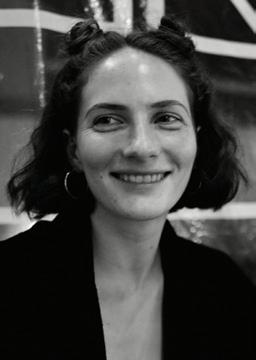
Ron Dyens is an Academy Award, Golden Globe and César winner for the animated feature Flow He is also an Academy Award nominee for the animated short Madagascar, a Journey Diary
In 1999, Dyens founded Sacrebleu Productions, a French production company specializing in animated features and short films. Since then, he has produced over 100 short films, collecting more than 2,000 festival selections worldwide and winning awards including the Cannes Palme d’Or.
In 2016, Sacrebleu Productions ventured into features with Long Way North, followed by Marona’s Fantastic Tale, My Sunny Maad, and Sirocco and the Kingdom of the Winds Flow premiered at the 2024 Cannes Film Festival, grossed nearly $50 million at the global box office, and earned 80 awards worldwide.
What skills have best served you as a producer of animated features?
I think I was lucky not to have had any specific training in film production, but thanks to my parents, among others, I was able to develop an interest in the world, art and culture, and I managed to feel what can deeply touch a large number of people.
At the same time, I had to compensate for my weaknesses as an “overly artistic producer” by surrounding myself with an extraordinary team that manages the various aspects of production that I find more daunting, but which are nevertheless necessary for me to understand my work. Making a film is a team effort, both in its creation and in its development.
Emma Orner started her career in virtual production at Lux Machina Consulting. There, she learned heavy LED volume workflows, helping to launch and operate volumes for TV shows, installations, concerts, live broadcast and more. She has coordinated projects for Epic Games and Riot Games, giving her broad experience in real-time and live-event environments.
Orner has since forayed into VFX, supporting high-tier projects for Amazon MGM Studios, Disney+, HBO and Netflix. Her credits include Percy Jackson and the Olympians, which recently won the Emmy for Outstanding Visual Effects for a Live Action Program.
What skills would you advise someone to hone if they want to work as a VFX producer?
Relationships are everything in VFX. Managing VFX involves juggling thousands of shots, multiple vendors, shifting schedules, and evolving creative notes. It requires a strong, detail-oriented team to run efficiently. Maintaining those relationships and building up your team are paramount to the project’s success and team longevity.
Developing a strong understanding of both postproduction workflows and newer technologies like virtual production and real-time engines is also extremely beneficial. This industry is always evolving, and understanding the newest workflows is crucial.

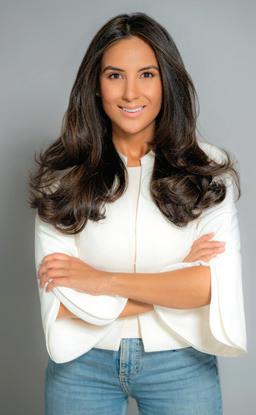
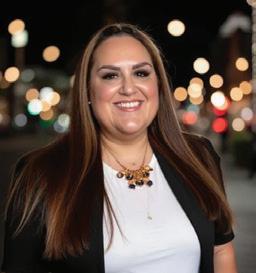
Gelsomina Picariello is the senior director of programming and development for the Kansas City Chiefs and head of studio for Foolish Club Studios, a new venture focused on original programming that she helped launch in February 2025. An Emmy Award winner for national sports, Picariello has 13+ years of experience in the sports, media and entertainment landscape. She started her career with the Walt Disney Company at ABC Sports and ESPN. Originally from Weehawken, New Jersey, Picariello holds a bachelor’s in broadcast journalism from Montclair State University and a master’s in business strategy and branding from School of Visual Arts (SVA).
What skills have best served you as a producer of sports-driven entertainment?
The most important skills I continuously work on as a producer are striving for clear communication, creative collaboration and anchoring the work in human truth. You have to ask: Why will the audience care? What emotion are we trying to evoke? From there, it’s about having a strong vision of the end product and bringing your partners—whether they’re creative, business or distributors—along for the journey. Our industry moves fast. However, when everyone is aligned and working toward a shared vision, we can create something unforgettable. At the core, it’s about connection—with your team and your audiences.
Stephanie Longardo is a live-action physical producer whose work has earned more than 30 Emmy and PGA Awards. She began her career in production accounting at MTV before joining Sesame Workshop, where she rose from production accountant on Sesame Street to vice president of production management, overseeing staffing, planning and execution across multiple series and platforms. Longardo has produced long-running series and specials—including Sesame Street, The Not Too Late Show with Elmo, and Helpsters—for PBS, HBO Max, Apple TV+, YouTube and Netflix. She was instrumental in developing Helpsters and The Not Too Late Show, building teams and leading physical production from inception. While children’s media has been her foundation, Longardo is eager to pursue new genres and creative opportunities.
What skills have best served you throughout your career?
Adaptability has been one of the most important skills throughout my producing career. Regardless of genre, production needs can shift quickly, and staying flexible— while still delivering on time and on budget—is essential. Strong decision-making is also key, and my background in finance has been a huge asset. It gives me a fullpicture view of a project and helps me make smart, fast choices when plans evolve. Clear, calm communication is essential to leading any production. Developing strong people skills is just as important as managing logistics. It’s about knowing how to read a room, communicating with respect and leading by example—all of which help shape a productive, collaborative set culture. People tend to do their best work when they feel supported during challenges and acknowledged for their efforts.
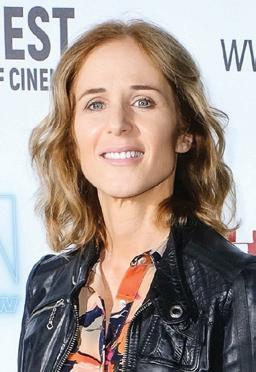
Two-time Emmy-winning director and producer Sylvia Caminer has filmed on six continents, crafting bold, character-driven stories in both scripted and unscripted formats. She directed and produced the award-winning feature Follow Her, produced nine seasons of PBS’s Samantha Brown’s Places to Love, and helmed the feature documentary An Affair of the Heart, exploring the fan phenomenon around Rick Springfield.
Caminer is currently executive producing The Solomon Saga, a limited series about King Solomon. As CEO of DolGer Films and a new PGA member, she’s eager to connect with partners who share her passion for elevated, globally resonant storytelling.
What is a challenge you’re proudest of having overcome as a producer of nonfiction/unscripted series, and what producing skills helped you most?
Filming in Xi’an, China, I had under three hours to produce and direct an unscripted scene in a kite park I’d never scouted—with a language barrier and no time to rehearse. Working through an interpreter, I secured location access, coordinated local participation, and aligned our team around a fast-moving plan to capture a 100-foot-kite launch as our finale.
What carried me through were core producer skills: swift logistical decisionmaking, cross-cultural communication, and the ability to unite crew and community around a shared goal—turning a chaotic situation into one of the most memorable moments of the season.
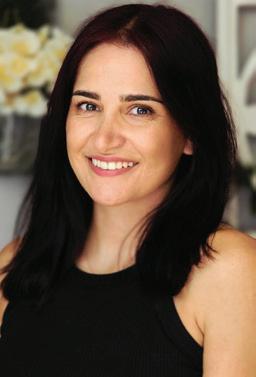
Ezzie Yildiz is a first-generation Turkish immigrant whose work ethic and determination come from parents who left Turkey in pursuit of the American dream. Growing up in a small town in Georgia without access to the film industry, her dream of working in entertainment often felt impossible. After taking the leap to move to California, Yildiz was lucky to gain work in postproduction. Credits as a postproduction coordinator include AJ and the Queen, The Lincoln Lawyer and Shōgun
What skills would best serve a producer who wants to work in your role?
The skills that have been most beneficial to me are the same ones I would recommend to anyone in a post coordinator role. This job requires three fundamental skills: listening, communicating and note-taking. As a post coordinator, you serve as the central hub of information for the team. While you may not know the answer to every question, it’s essential to know whom to contact for assistance.
Effective communication is crucial. Keeping everyone informed about updates that are relevant to their work is essential. Since information flows frequently, always have your notebook and pen ready—you will definitely need them.



For more than a decade, partners Greg Berlanti and Sarah Schechter have been fighting good fights and putting the audience first. The result: countless barriers broken, new careers made, and astonishing crossplatform success.
Written by Lisa Y. Garibay
Sometimes that one thing lands at the perfect time in the perfect way to change someone’s life.
Sarah Schechter and Greg Berlanti first worked together on the 2010 feature film Life as We Know It, with Berlanti directing and Schechter as a studio exec at Warner Bros. Already wildly successful in TV, Life was Berlanti’s second foray into film, and Schechter became an invaluable ally.
“When I was talking to her about story, about casting, about production, about post, every iteration when we were in the foxhole together, I was getting incredible, honest feedback from a business perspective, but also from an audience perspective,” says Berlanti. “I really enjoyed that, and I wanted more of it.”
So he told her, “I really think you’re a producer. Let me know if you’re ever interested in working together.”
Schechter has never forgotten that moment. “It was such a compliment, and it spoke to my soul because it felt like the truth,” she says.
Schechter had been an exec at Warner Bros. for almost a decade in what she considered her version of grad school. “I was there to learn. I’d worked for a producer before that, and it always
felt like whatever the studio wanted or was thinking about was such a mystery and genuinely confusing,” she says.
Schechter doesn’t hesitate to express her gratitude for what the job gave her over all those years. But it often felt soul-crushing, and she was creatively frustrated. The upside? “I work really well with studio executives because I’ve walked in their shoes. I understand what they need,” she says.
Berlanti—who received the PGA’s 2022 Norman Lear Achievement Award in recognition of his extraordinary body of work in television—had had other business partners with a variety of backgrounds. He hadn’t been looking for a new partner per se. And he and certainly wouldn’t have extended such a weighty offer to collaborate with just anybody.
When the two began seriously discussing Schechter’s move to Berlanti Productions, she was honest about her limitations. Although she had a notable track record overseeing films from Spike Jonze’s Her to Clint Eastwood’s Gran Torino, she didn’t know anything about making TV, other than she loved watching it. Berlanti allayed her uncertainty by promising to teach her all she needed to know. She would be using
all the same skills. She was a quick learner.
It’ll take three weeks, he told her.
“It took more like a year,” recalls Schechter, who first arrived at Berlanti Productions in 2014 as president and was promoted to partner and chair in 2020. “But he always had so much belief in me. Part of the success of this company is that we’ll be warriors for the people that we believe in.”
Berlanti’s words have had undeniable power since his first job as a staff writer on The WB’s Dawson’s Creek, helping him ascend to showrunner within a year. Over 40-plus series across a variety of genres, his voice and vision have evolved the TV landscape, smashed ratings records, and transformed onscreen storytelling through positive LGBTQ+ representation and more.
But it’s Schechter’s dexterity, drive, and savvy that have supercharged his vision while making Berlanti Productions all but unstoppable. The company’s series pickups include a live-action Scooby Doo for Netflix, and Stillwater, based on the Skybound comic book series. Also cooking on its development slate are an adaptation of the 2023 novel Foster Dade Explores the Cosmos; Dilettante, inspired by former Vanity Fair deputy editor Dana Brown’s memoir; The Grays,

a contemporary take on Oscar Wilde’s classic tale; and another live-action reimagining, this time of the Captain Planet animated series.
A string of original and impactful features— including Unpregnant, Free Guy, Rock Hudson: All That Heaven Allows, Atlas, and Red, White & Royal Blue—under the newer Berlanti Schechter Films banner proves that the partners’ magic extends beyond the traditional TV format. The shingle is busy developing Sasha for Amazon MGM (with Scarlett Johansson’s These Pictures producing alongside), an adaptation of Delia Ephron’s bestselling memoir Left on Tenth, and a trio of features for Netflix: The House Across the Lake, Hurt People and An Innocent Girl, which is one in a series of thrillers being developed with Eli Stone and Arrow cocreator Marc Guggenheim.
The partners insist there’s no secret formula, no complicated calculus behind how they choose what to produce, what it takes to bring those projects to fruition, and why those projects end up resonating with so many. They simply ask themselves: What’s not on TV right now? What movies are not being made that people could love? And where is there an audience that is not being served?
“One of our litmus tests for each other is imagining ourselves in the audience. Do we want to see that show or film? That’s a reason to fight for it,” says Berlanti.
The pair is experienced and pragmatic enough to know that global tastes always change. But a consistent investment in key elements almost always ensures that a show or a film will find its audience and resonate deeply. Those elements: a high-quality showrunner or director, along with the best writing they can find, executed at the highest level of craftsmanship. They’ve also been around the block often enough to know that they won’t always hit the target. “We’ve now had a few shows that bombed when they
came out, then became retroactive hits later. It makes us double down on all our instincts,” Berlanti says.
“What makes Greg and Sarah extraordinary producers,” says Donald De Line, “is not only that they steadfastly remain calm and focused in the face of headwinds, but that they also stay ahead of the curve. They let their instincts and passion guide them and pursue only what they truly care about.”
Berlanti Productions has twice held the record for the most shows on the air simultaneously: first with 18 and later with 20. But the partners emphasize that the company has never been driven by quantity.
“The volume existed because we were so focused on the quality,” says Berlanti. The essence of that quality is the brand of originality embodied by series like The Flight Attendant (a 12-time Emmy nominee with one win), You (a Netflix #1 spot holder), beloved DC Comics adaptation The Flash (which drew the largest audience for any CW telecast since the network’s launch in 2006), Found (NBC’s most successful series launch on Peacock), and All American, which together with its spinoff All American: Homecoming, spent more than 15 weeks on Netflix’s top 10 list.
“So many people want to make something that appeals to everyone alive. But I think it’s more important to make something that’s going to be someone’s favorite show or movie— something that’s going to mean a lot to them,” says Schechter.
Of course, this can’t be done without the passion of a committed producer. For Schechter, the role involves persistent advocating, problem-solving, and creating guardrails.
In other words, “It’s about being a responsible person who can help keep the circus going,” she says.
For Berlanti, good producing involves mastering all elements of the trade to be able to fill in the gaps wherever and whenever other members of the creative team need help. “I try to be the
person that I always felt like I needed and then found in Sarah,” he says. “For us as a company, it’s very much about trying to be that for everybody else.”
Berlanti is the first to admit that writing is what brings him the greatest joy, and that everything else he does— producing included—he does to be able to keep crafting stories. While he’s focused on writing, he can rest assured, knowing that his partner has most everything else covered.
This goes not only for Berlanti, but also for the other writers and showrunners under the company’s wings.
“Those writers all come back to me saying, ‘I need a Sarah!’ They all see her value,” Berlanti says. “There are a million calls with executives, and we all know it’s a sticky wicket of trying to manage everything because you want to hear the best notes and navigate that process. But if I were in those conversations or debates every day, I wouldn’t have the wherewithal to go back and generate the stories or the material.”
“Greg’s creativity is the eternal flame. We have to protect it,” Schechter explains. “Too much of this dumb person or this dumb thing can make the flame smaller. The flame being bigger is better. It keeps us all warm.”
In 2023, Berlanti Productions and Warner Bros. agreed to an exclusive, four-year overall deal, keeping the company’s television production at the studio through 2027, developing and running programming for platforms that include streaming, cable, and broadcast.
“Greg and Sarah are two of the most passionate, talented, and incredibly kind individuals in the business,” says Channing Dungey, chairman and CEO of Warner Bros. Television Group and Warner Bros. Discovery’s US Networks. “In many ways, they are the pivotal voice of this generation’s TV creatives. Their bold, inclusive, and genre-defying storytelling continues to move the medium forward in
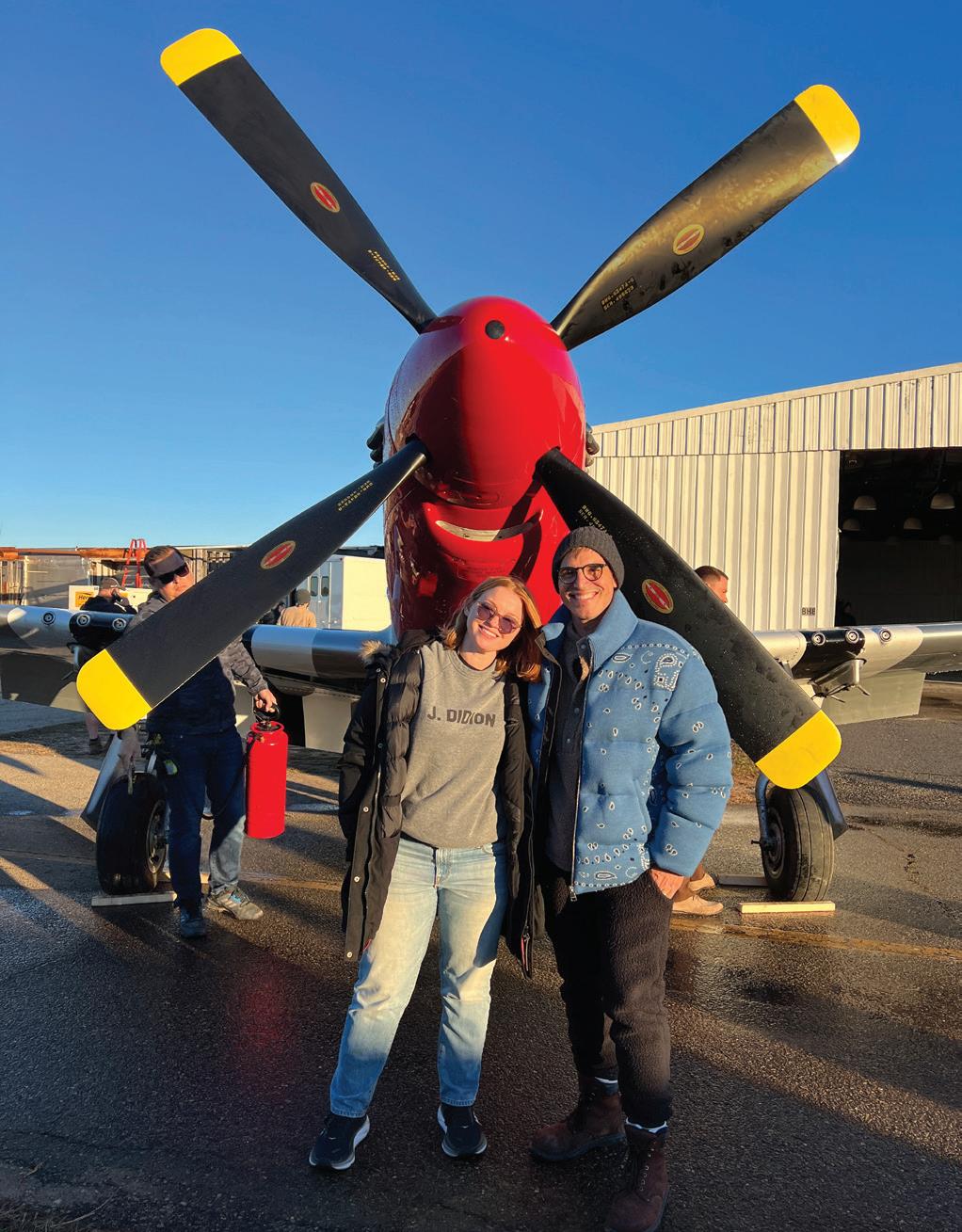
What makes Greg and Sarah extraordinary producers is not only that they steadfastly remain calm and focused in the face of headwinds, but that they also stay ahead of the curve.
unprecedented ways.”
Dungey first worked with Berlanti and Schechter while she was running ABC Studios, and continued to do so when she moved to Netflix. The trio developed a number of series, including Deception and The Girls on the Bus
Berlanti and Schechter work hard to ensure their company’s value to a studio partner. Integrity is fundamental. “They put in the work” is something you will hear repeatedly from those who have collaborated with them on any type of project.
“When we work with a studio, or we’re trying to come through for an artist, we really want to come through for them,” says Berlanti. “If we promise a network or studio that we’re going to have this many scripts, and we’re going to be on this budget, or we’re going to have this kind of show and it’s going to keep the quality of its pilot, it really lives with us.”
“We want to make all of our partners
happy. We like having really smart executives that we get to work with every day, and we want to keep doing good work with them,” Schechter says. “But the thing that’s hard about producing is you’re not the only person in the vehicle. There’s a lot of people. You have to keep pointing in the right direction and keep rowing them all.”
The two typically divide and conquer to achieve this, and the divvying up of responsibilities may change from day to day depending on whose skills will best solve a specific problem.
“If I’m not there and Sarah’s making the decision, or she’s not here and I’m making the decision, we both trust that the decision is coming from the right creative place and a place of values— not just for what we want to achieve creatively, but for the process of how we want to achieve it,” Berlanti explains.
For Dungey, it’s a no-brainer why Warner Bros. has continually invested in its relationship with Berlanti
Productions. “Just looking at the last 15 years should tell you everything you need to know. Year after year, Greg and Sarah have delivered some of the most compelling and iconic shows in television history, with no signs of slowing down,” she says. “They are a powerhouse creative team, and we are honored to be their production home.”
In 2021, Berlanti Schechter Films signed an exclusive first-look feature film deal with Netflix. It was a score for the studio in a variety of ways, both personal and professional, especially for Kira Goldberg, VP of film at Netflix. She worked with Schechter years ago when both were coming up as young execs, and credits her with a deeper knowledge of film than anyone she knows. Schechter and Berlanti’s breadth of experience (and wins) across platforms and genres has been a boon

Schechter, Berlanti and showrunner
Nkechi Okoro Carroll celebrating the 100th episode of All American


for the studio’s film division, which thrives on variety.
“There are very few producers who have made everything from genre fare to YA to emotional heartfelt dramedy and sci-fi action,” Goldberg adds. “Because of their enormous success in series, which is a huge advantage for them in the film space, they know writers who work in every imaginable lane, and they are excellent at discovering young writers and helping them develop excellent scripts.”
Berlanti and Schechter thrive off this cross-pollination. “There are a number of writers, directors, and actors we’ve now worked with across both (platforms). At its best, those things are all feeding each other,” Berlanti says. “Whether it’s at any studio or production company, you want your team of folks that you like across every aspect of the business.”
“One of the things I love about Greg, Sarah, and everyone that works at their company is they are always exploring
how to do something new that we haven’t seen before,” Goldberg adds. “And they always do the work.”
Berlanti and Schechter are not only successful at the business side of things, they also truly care about people, whether those they work with behind the scenes or those who are watching the end result onscreen.
This becomes abundantly clear when speaking with creators who have worked with the pair.
“Greg and Sarah bring such a human element to every project they develop. No matter the genre, there is a great sense of relatability and emotional connection in every story they tell,” Dungey says. “And let’s be real—Greg and Sarah are absolutely fearless. They are not afraid to break barriers and deliver TV firsts. They have a proud legacy of developing diverse stories and characters that allow audiences to see themselves
The partners share a hug at Berlanti’s Walk of Fame ceremony (left). Schechter, Uma Thurman and Mike McGrath on the set of Red, White & Royal Blue (right).
represented onscreen for the first time.”
For showrunner and creator Nkechi Okoro Carroll (All American, All American: Homecoming, Found), Berlanti was the type of creator she aspired to be back when she was an economist at the Federal Reserve, writing on the side with the goal of someday breaking into the industry.
Cut to a few years later. Okoro Carroll had worked her way through writers rooms and signed an overall deal with Warner Bros. in 2018. One of her priorities upon arriving at the studio was to meet Berlanti, hoping with all her heart that the clichéd caution about never meeting one’s heroes wouldn’t prove true.
As soon as Okoro Carroll walked into Berlanti’s office, she exhaled with relief.
“I could feel his spirit as soon as he smiled. He’s an amazing human being.”
She met Schechter shortly after, signed on to All American, and became part of the Berlanti Productions family.

Greg Berlanti and Sarah Schechter share their perspectives on what’s ahead for the industry.
Berlanti: In terms of the temperature of the business—and this is anecdotal more than anything— it does feel like things are picking up again. To get through all that to where we are now, it’s been a nice reprieve to be able to focus 80% on new stories as opposed to survival. It does feel now like we’re going into rooms where people want to buy again. That usually means that more production is behind that.
Berlanti: I don’t think this is spoken about enough: Because TV episodes are fewer and cost more for each, whether it’s streaming or even broadcast, it’s such a big bet for some of these places. Maybe for a streamer, a $50 million to $60 million bet on that movie is less than a $90 million bet on a first-year series. In terms of people who like to make things, that’s very appealing. In that regard, our volume has also gone up in terms of stuff that’s on the runway because they’ve become slightly smaller bets.
Schechter: I think the idea that movies have to be theatrical to be meaningful is reductive. A lot of data can be manipulated to support whatever argument you want to make. When we say that, what we remember are all the movies that were big theatrical hits. When I was a studio executive, I worked on a lot of theatrical movies that came and went and didn’t have a huge cultural impact.
It’s on us as producers and on streamers to keep pushing interesting streaming films as well as theatrical films so there’s more opportunity to tell stories. It would’ve been a lot harder to get Red, White & Royal Blue made if it were entirely predicated
on a theatrical opening and required a theatrical marketing budget. That’s a movie that is really important to some people, and I’m grateful for it.
Berlanti: My instinct is that the business is going to look radically different in another five years. There have to be a lot of legal conversations about what’s being repurposed. My hope is that, from both the guilds and the studios, there’s more of a sense of the ownership of what material is being used to generate new material. There needs to be greater and faster sensitivity to that.
Conversely, I was a writer before the internet, and I remember what Google did for me in terms of research and how much more I could get done in a day. So I think the usefulness of AI and how it will help the economics of the business will be incredibly helpful. Technologically, it will certainly help to reduce costs on everything from visual effects to storyboarding to scheduling.
We as storytellers and producers have to adapt to the technology while the community is hopefully coming together to figure out something that’s healthy for all of us.
Schechter: You could give 10 people the same AI resources, and they’re all going to make something different, and one of them is going to make something that’s better than everybody else’s. So who is that person? How do you help support them? How do you help drive that and push them to make something that’s truly great?
That’s how it’s always been, in a way—there will be 100 screenplays and 10 of them will be good and two of them will be amazing. There will always be that.
Okoro Carroll’s first experience as a showrunner was a thrilling leap, but also a trial by fire that no amount of shadowing could have prepared her for. Yet she felt fully supported through the minefield of first-time challenges.
“Greg and Sarah were by my side every step of that season,” Okoro Carroll recalls. “When I was figuring out how
to talk to our editors, Greg would put breaks in his schedule to sit with me and help me figure out my language to shape the show the way I wanted. When I needed to figure out how to bring the budget down, I’d call Sarah and she would roll up her sleeves and come sit in my office.
“Making sure that I felt supported
to figure out my voice and style as a showrunner will forever be an invaluable lesson from them,” she adds.
“It’s how I mentor the showrunners that I work with now.”
This capacity for mentorship has Okoro Carroll referring to Berlanti and Schechter as “the dream makers,” noting that during her time with the production
company, she’s witnessed them tirelessly empower the next generation with real-world help. If an editor aims to be a director, a writer wants to jump to showrunner, or a PA wants to become a producer, the partners find a way to make that happen.
Making things happen sometimes takes a lot longer. Prior to producing the film Atlas for Netflix alongside Berlanti and Schechter, Elaine GoldsmithThomas had been hard at work with the partners for more than a decade in a Sisyphean effort to produce a passion project called Replay
“Sarah was my executive at Warner Bros., and she suggested that we go to Greg, who not only took it on, he rewrote it and transformed it,” Goldsmith-Thomas recalls. “The three of us became comrades in this. It’s a beautiful, beautiful story. We’re still pushing it up the hill.”
After that camaraderie began, Schechter left Warner Bros. for Berlanti Productions and GoldsmithThomas became a producing partner with Jennifer Lopez at Nuyorican Productions. The trio came together again to produce Atlas under the Berlanti Schechter Films banner.
One aspect of working with Berlanti and Schechter that Goldsmith-Thomas values most is what she calls “a lack of proprietaryness.” Collaborations feel egalitarian. Everyone’s ideas are given the same level of consideration. What wins out is not one’s ego or seniority, but what best serves the team and the project.
An industry veteran like GoldsmithThomas—who has enjoyed success as a top talent agent as well as a producer— knows that flexibility is not only an asset but a means of survival. In Berlanti and Schechter, she found allies who were open, accessible, and ready to pivot. “They understand that it’s not really about the destination. It’s about how you get there.
“And they don’t just stop,” she adds. “From script to production to post to marketing, I never felt alone.”
Knowing you’re not alone makes it possible to do what’s right, especially when high-powered doers and decisionmakers like Berlanti and Schechter are leading by example.
“They’ve taught me that fighting for the right thing is never the wrong thing to do,” Okoro Carroll says. “It’s not about fighting for luxurious things. It’s about fighting for a budget that allows our actors to get paid what they should be getting paid or for things that make our crew’s life better.”
Neither Berlanti nor Schechter can imagine doing anything else with their professional lives. Despite the roadblocks and rejections that all producers face—even those with a golden track record—they persist, inspiring countless other creatives with their example. Not necessarily because they aim to, but because they aren’t
wired any other way.
When asked to describe a low point, Schechter says, “The greatest heartbreak is when something you believe in doesn’t connect with as broad an audience as you hoped and expected. We made a show recently that I really loved, and it just didn’t click.”
But, she adds, “Failure is a great teacher.”
“It’s not human to have faith every day about everything. There are plenty of days when I might be down about something, and Sarah’s not,” says Berlanti. “You have to fight for stuff a lot, and fight until you’re exhausted, but then the other person carries the torch for you.”
“That’s a great gift of partnership,” Schechter adds. “I have a friend who’s a very successful actor, and she once said, ‘Nobody wants to hear that I’m tired.’
But it’s nice to have someone you can be tired with.” ¢
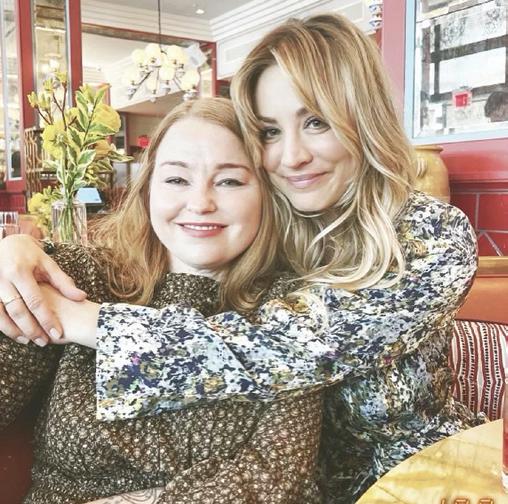

They've taught me that fighting for the right thing is never the wrong thing to do ... It's about fighting for a budget that allows our actors to get paid what they should be getting paid or for things that make our crew's life better.

Far left: Schechter with Flight Attendant star Kaley Cuoco. This page, left: Schechter and Berlanti at the 2022 PGA Awards, where he received the Norman Lear Achievement Award. Below: Berlanti accepting his Governors Award at the 2024 Emmys.

The 15th Produced By Conference offered inspirational reflections alongside practical guidance with the opportunity for all-important, face-to-face interaction with peers.
Written by Luke Bugbee
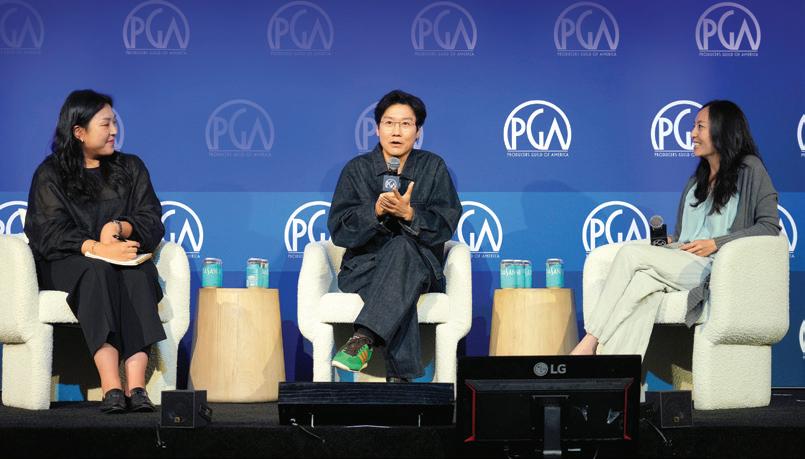

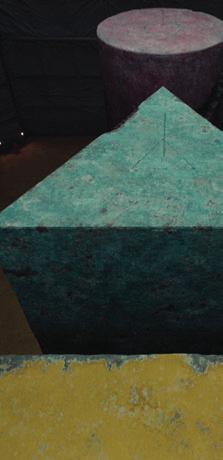

In May, the 15th Produced By Conference provided a welcome opportunity for the producing community to come together on the Universal Studios lot to share experiences reflecting the current state of producing, thoughts on what the future may hold for productions both indie and studio, and conversations around the biggest questions on everyone’s minds—namely, financing and AI.
Cocreators-writers-executive producers Stephen Graham and Jack Thorne joined journalist and cultural critic Rebecca Sun to talk about their Netflix series Adolescence, already Netflix’s
second-most-watched English language series of all time. Graham and Thorne described the process of conceptualizing and writing the show, and the difficulties of shooting each episode in a single continuous take—an ambition accomplished thanks to the commitment of a stellar crew.
Squid Game writer-director-producer Hwang Dong-hyuk shed light on the recently released second season, now Netflix’s most-watched non-English television series of all time. Hwang touched upon the challenges of evolving the series’ storyline into one with multiple timelines, and the balancing act of expanding the show’s universe while remaining true to the suspenseful roots that originally hooked fans.
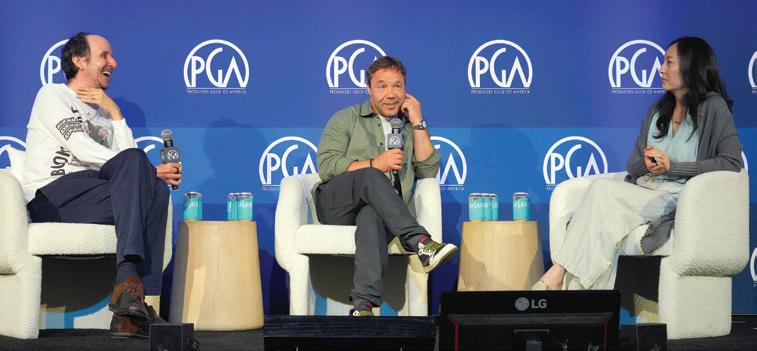

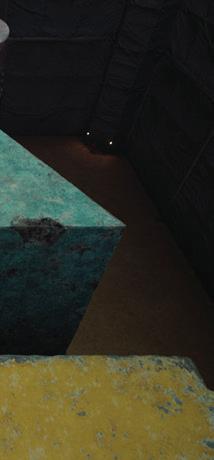



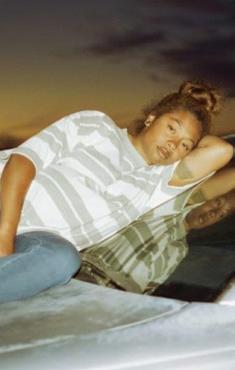
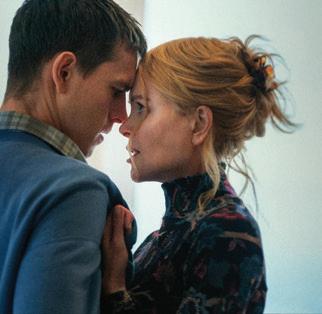
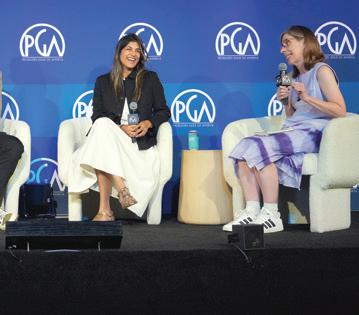
FINANCING THE FUTURE: NEW MODELS RESHAPING PRODUCTION
Cynthia Littleton, coeditor in chief at Variety, moderated a conversation on the current landscape of financing for projects across formats and platforms with panelists Christine D’Souza Gelb (cofounder of 2AM and executive producer of Babygirl and Earth Mama), Abhijay Prakash (president, Blumhouse), and Jeff Wachtel (CEO, Future Shack). The producers candidly discussed the difficulties of selling projects, the importance of continuing to find and support new auteurs and storytellers, and the complexities of working with and around the rise of self-made content creators on platforms such as YouTube and TikTok.
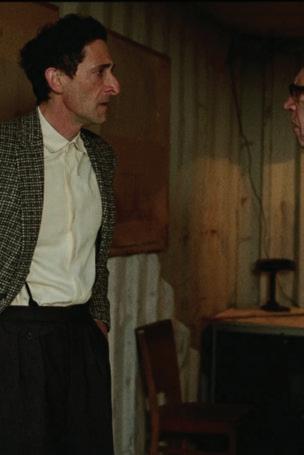

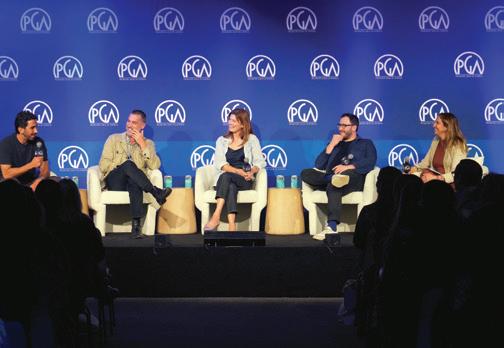
George Strompolos, Bryn Mooser, Barbara Ford Grant, Andrew Morrison and Joanna Popper
PRODUCING WITH AI TODAY
Joanna Popper (executive producer, Masters of Light, Project 2029) moderated a panel featuring Andrew Morrison (producer, The Brutalist, Funny Face), media and entertainment industry advisor Barbara Ford Grant, Bryn Mooser (CEO and cofounder, Asteria), and George Strompolos (CEO and cofounder, Promise) on how AI might alter the industry going forward. They shared experiences and perspectives on the benefits of using AI, including the ability to create content at a much lower cost, and offered arguments to dispel fears over AI removing the human element of art. While the panelists emphasized that using AI is not a must for industry pros, they stressed the importance of maintaining a solid understanding of the technology so as to capitalize on it as ethically as possible.
AIwas a popular topic during this year’s Produced By Conference. Word among the membership spread quickly following the session, recommending the top 10 questions producers should ask when utilizing AI. We’ve excerpted those questions from the session “The Fine Print of AI,” along with tips producers should consider to mitigate their risks when using AI.
“The Fine Print of AI” session also covered issues producers should consider around indemnification and model terms for restrictions on the use of outputs.
Special thanks to Lori McCreary (CEO, Revelations Entertainment and cofounder, FoodFight USA) and Ghaith Mahmood (partner, Latham & Watkins) for participating in the session and to McCreary for the lists. The session can be found on the Guild’s YouTube channel.
1. Are the AI providers’ training datasets licensed?
2 Who owns the AI-generated content (output)?
3. Will the AI provider indemnify you from output infringement claims?
4. Will producer’s data be used to train AI provider’s model?
5. Will AI providers reuse our content?
6. Where is AI providers’ data stored and governed?
7. Does producer retain exclusive rights and copyright for output?
8. As a producer, are you union-compliant?
9. Can producer track and audit their own team’s use of AI?
10. As a producer, are you replacing any guild labor?
• Use AI models trained on licensed datasets
• Include AI-specific clauses in vendor and talent contracts
• Maintain output/change logs and AI usage reports
• Avoid tools with vague reuse or training policies
• Collaborate with unions when integrating AI into workflows


Ghaith Mahmood (partner, Latham & Watkins) and Kathleen Grace (chief strategy officer, Vermillio), and Lori McCreary (CEO, Revelations Entertainment and cofounder, FoodFight USA) dove deeper into the ethical use of AI given the inevitability of the technology becoming much more common in the years to come. They emphasized the importance of grasping legalities from the very start to provide a foundation for properly licensing AI-generated content.
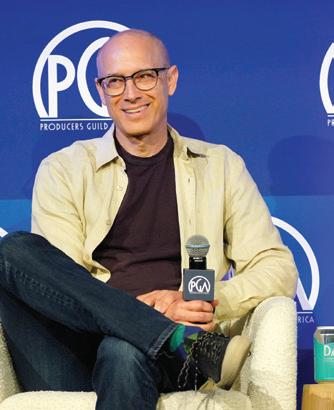

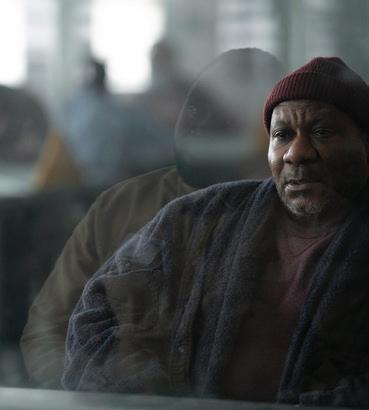

Sharon Waxman (founder-CEO-editor in chief, The Wrap) moderated a robust panel featuring Justin Wilkes (president, Imagine Entertainment and producer of Jim Henson: Idea Man and After the Hunt ), Carolyn Strauss (executive producer, The Last of Us, Somebody Somewhere ), David W. Zucker (CCO, Scott Free and executive producer, Dope Thief ), Samantha Quan (producer, Anora, Red Rocket ), and Sarah Timberman (executive producer, Fleishman Is in Trouble, Justified: City Primeval ) that touched upon top-of-mind issues for producers. These included how to accommodate budgets ranging from the lower end for indies up through major studio pictures, challenges and triumphs of dealing with executives, and the continued struggle to get the green light

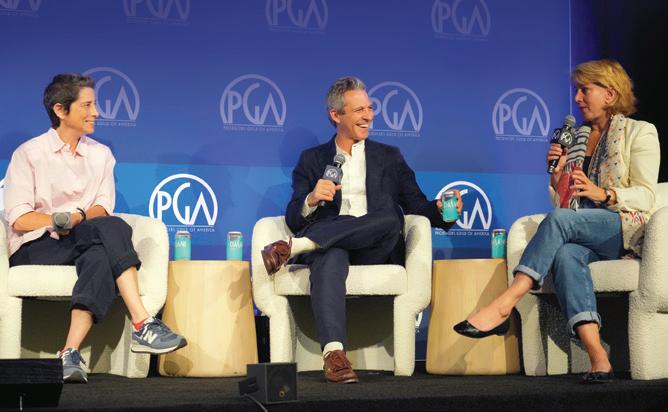


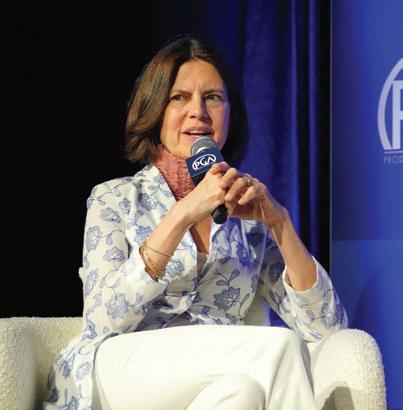

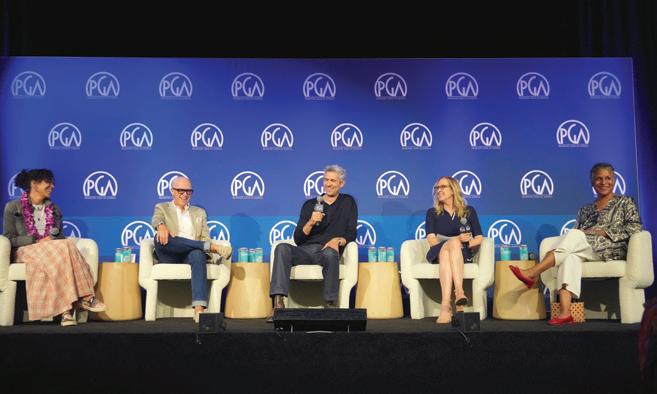
for completely original projects. The panelists sparked hope by sharing recent success stories reflecting the many positive ways the industry is changing and the dogged adaptability of producers.
Wrapping up the conference was a panel focusing on the Producers Guild’s role in shaping the industry’s future, featuring PGA copresidents Stephanie Allain and Donald De Line, board member Mike Farah, CEO Susan Sprung and associate national executive director Michelle Byrd. The group described recent efforts undertaken by the Guild to improve the livelihood of producers and to benefit
the industry in general, including health care initiatives, advocating for a stackable federal tax incentive, and the anti-harassment Set Etiquette Training Program offered for free to independent productions with 20 or more cast and crew. The leaders were excited to announce the launch of the SAG-AFTRA Producer Portal, the latest resource to come out of the long-standing collaboration between the two guilds. ¢
Recordings of Produced By Conference sessions can be viewed on the Producers Guild of America’s YouTube channel.




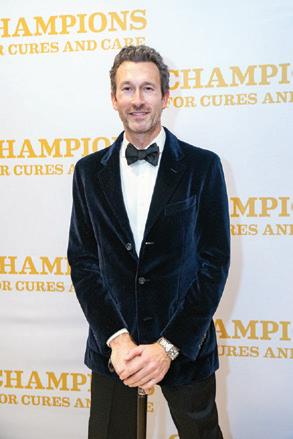





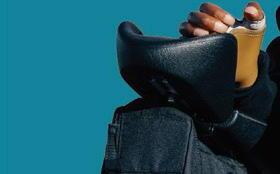

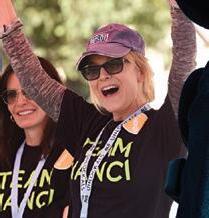





















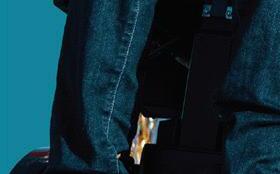


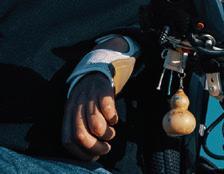




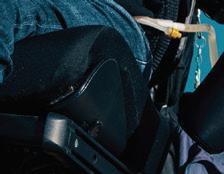
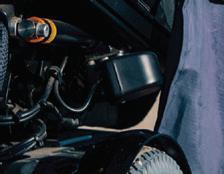

Filing and tracking documents for SAG-AFTRA compliance—and ensuring rapid return of the all-important security bond—has long been a pain point for producers. This is particularly true of smaller-budget projects, which often lack the bandwidth to manage a document-heavy process in a timely, organized way.
Enter the SAG-AFTRA Producer Portal, a new online tool to help producers easily navigate the signatory process, creating what SAG-AFTRA National Executive Director Duncan Crabtree-Ireland calls a “win-win-win” for producers, SAG-AFTRA and the performers it represents.
“The source of jobs for our members is producers. Whether they’re affiliated with big studios or they’re independent producers, every one of them is important because every one of them delivers work opportunities and creative opportunities to our members,” says Crabtree-Ireland, adding that the easier and more streamlined the signatory process is, the more projects will get signed, and the
more jobs will be created under SAG-AFTRA contracts.
“The Producer Portal is a meaningful solution for independent producers, simplifying the signatory process and saving valuable time,” says Producers Guild of America Chief Executive Officer Susan Sprung. “We’re proud to collaborate with SAG-AFTRA on a tool that not only streamlines the process but also empowers producers as they bring their creative visions to life. Our thanks to the entire SAG-AFTRA team, the PGA Independent Film Producers Task Force, and the Independent Film and Television Alliance for their hard work and dedication to this important project.”
“The PGA in particular has been incredibly engaged with us,” says Crabtree-Ireland, “helping us get access to producers to test out the system and so on—and by doing that, helping us make sure that we were building something that would actually be useful to producers—because that was the whole point. So that is extremely meaningful, and I think reflects the fact that by working together, we can create these win-win situations.”


The signatory process is smoother and faster for all involved—the result of a careful and collaborative effort among THREE key industry organizations.


Written by Keri Lee





“The
PGA in particular has been incredibly engaged with us, helping us get access to producers to test out the system and so on—and by doing that, helping us make sure that we were building something that would actually be useful to producers— because that was the whole point.”
— DUNCAN CRABTREEIRELAND
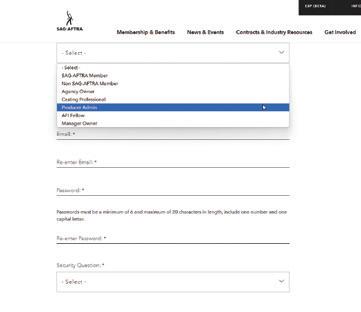

Rolled out January 2025 and now in second-stage beta, the Producer Portal allows producers to:
• Upload, download, and view key documents
• Check the status of documents
• Identify problems with any documents at a glance
• Easily locate contact information for their business, background, and claims reps
• Immediately see the next steps needed for clearance and security deposit return
The portal also provides document templates— including cast lists, day out of days reports, and sign-in sheets—and a Message Center, which offers read-only copies of all SAGAFTRA correspondence sent to the producer’s regular email account. This disentangles SAGAFTRA communications from the daily flood of production emails, further simplifying the signatory process.
“We want it to be as easy as possible for independent producers to work with us, and when we have a disagreement or we have a problem between us, we want it to be for a good reason, not because of some communication or administration gap,” says Crabtree-Ireland. “The more we can make routine tasks easily accomplished using the technology, the more we can devote the personal-
ized attention of our business reps and our staff to addressing real problems.”
The portal will help make these real problems— such as issues with benefit plan contributions or nonpayment of wages—readily visible both to producers and their business reps. Because these reps will be increasingly freed up from routine admin tasks and paper chasing, they will be better able to focus on and help resolve problems that can derail the signatory process.
“Those are the kinds of issues we want our business reps spending their time on rather than sending out another packet of paperwork to be filled out,” says Crabtree-Ireland, adding that while he doesn’t see the Producer Portal as “a panacea or magic bullet,” for every problem between independent producers and SAG-AFTRA, it will make it much easier for producers to get their projects signed.
Currently, the portal serves producers working on projects under one of four contracts:
• Theatrical (Basic or CBA)
• Low Budget Agreement (LBA)
• Moderate Low Budget Project Agreement (MPA)
• Ultra Low Budget Project Agreement (UPA)

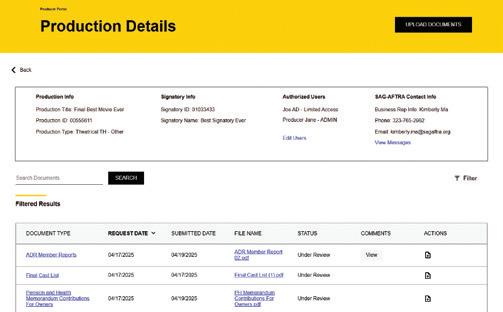

Film producers who submit a preliminary signatory application for one of the contracts listed above will receive an email inviting them to create a Producer Admin account on the SAG-AFTRA website using their Producer ID and the email address indicated on their signatory application.
Producers need only one portal account, which is tied to their signatory relationship. This single account will automatically include all current and past projects from 2021 to the present.
To facilitate submissions, producers can easily grant staff members access to the project’s portal through the “Invite New User” button on the portal’s “User Management” page.
• To protect sensitive information, producers can assign new users to one of two access levels:
• Full access: These users can access and upload all types of documents, including production and financials
• Limited access: These users can access/upload only production documents—e.g., cast lists, day out of days and sign-in sheets
Portal information includes at-a-glance updates on:
• The status of required documents: Requested, Under review, Accepted, or Rejected
• The production’s stage in the signatory process: Pending, Cleared, Conditionally cleared, Void/ other, Default, Security deposit return phase,
Security deposit return initiated, Security deposit returned, or Closed
SAG-AFTRA is now developing an update to the user interface, planned for release in fall 2025, that highlights what producers need to do to get to the final security deposit release stage, including:
• Highlighting required documents
• Displaying information on outstanding claims that must be resolved
• Providing the status of any contribution audits conducted by SAG-AFTRA Health Plan and/or SAG-Producers Pension Plan.
Projects on a producer’s portal homepage remain visible and accessible to producers as long as they maintain a portal account. For users whom producers assign to a specific project, access to that project is available until the producer terminates it or their access expires, whichever comes first.
The portal will be expanded to include TV, New Media, Short Project Agreement, and Student Film Agreement contracts in the future.
To create the portal, SAG-AFTRA collaborated with


the PGA, the Independent Film & Television Alliance, and members of the PGA’s Independent Film Producers Task Force and Independent Film Committee to ensure that producers had an audible voice in the design and development process.
“The Producer Portal is a major step forward for independent producers navigating the SAG-AFTRA processes,” says Independent Film & Television Alliance President & CEO Jean Prewitt. “This platform offers a transparent and accessible system for producers to track compliance amid the inherent challenges of production—from shifting schedules and changing personnel to uncertainties around requirements. The portal lets producers spend less time on paperwork and more time on creating.
SAG-AFTRA’s commitment to this initiative strengthens its relationship with the independent sector and fosters greater confidence in the process. We commend SAG-AFTRA for its yearslong dedication to this project and thank the Producers Guild of America and IFTA’s members for their support.”
Beginning in 2021, the portal’s development team conducted interviews with a diverse group of producers from the PGA and IFTA to understand their pain points and shape the portal’s initial designs. The same group of producers provided early feedback to inform a working beta version. Testing was then opened to the initial group as well as producers of Ultra Low Budget (UPA) Projects.
The team’s producer-focused usability testing resulted
in several key design changes over time, including:
• Dividing what was originally one long list of documents into three tabs to separate documents that need review from those that are approved or are simply informational
• Augmenting a pop-up contact window with the business rep’s contact information to also include contact information for the project’s background and claims reps
• Easing a pain point in casting by issuing a production ID up front, rather than waiting to issue the ID only after the application is reviewed and accepted.
This collaborative ethos will continue as the team designs and develops future portal features and releases.
Here’s how to learn more about the Producer Portal:
• Visit sagaftra.org/ProducerPortal for an overview of its features and an FAQ
• Watch the “Introducing the SAG-AFTRA Producer Portal” video on SAG-AFTRA’s YouTube page
• Email questions and feedback to SAG-AFTRA at entcontractsinfo@sagaftra.org and include “Producer Portal” in the subject line. ¢








Written by Diana Ossana, Producer/Co-screenwriter, Brokeback Mountain

Ennis and Jack were my companions for nearly eight years, as real in my imagination as the corporeal. I knew their rhythms, their silences, their longing. But nothing prepared me for the moment I first saw them—really saw them—in costume. It hit me with such force that I had to step outside and collect myself. I stood alone for nearly an hour before I could return and meet the rest of the crew before production began. That day, fiction stepped off the page into flesh.
At a recent Q&A before the 20th anniversary screening of Brokeback Mountain , someone asked which scene remains most memorable to me. About half the audience had seen the film. The others were about to. I chose my words carefully.
“For those of you who have seen the film, you will understand. For those about to experience it—you will soon understand. I have two words for you all: the shirts. ” Silence, then a collective intake of breath. Gasps scattered across the theater. A woman in the front row began to weep.
This is my photo from the final scene of our unforgettable, evergreen film.

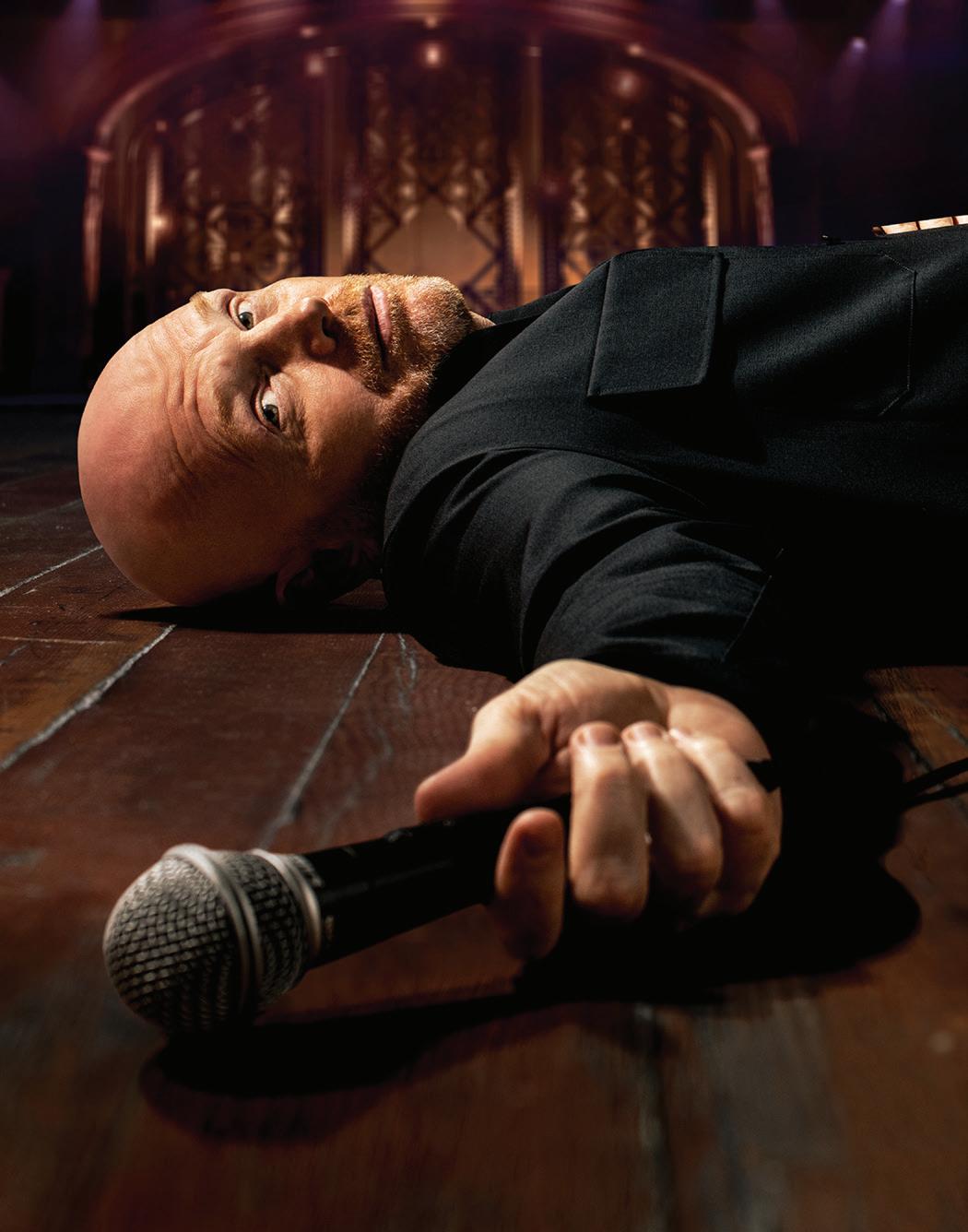
“ BILL BURR NEVER MISSES A BEAT.” THE CINEMA SPOT
“ A PERFECT ENCAPSULATION OF WHAT BILL BURR DOES BEST.”
THE LAUGHING PLACE